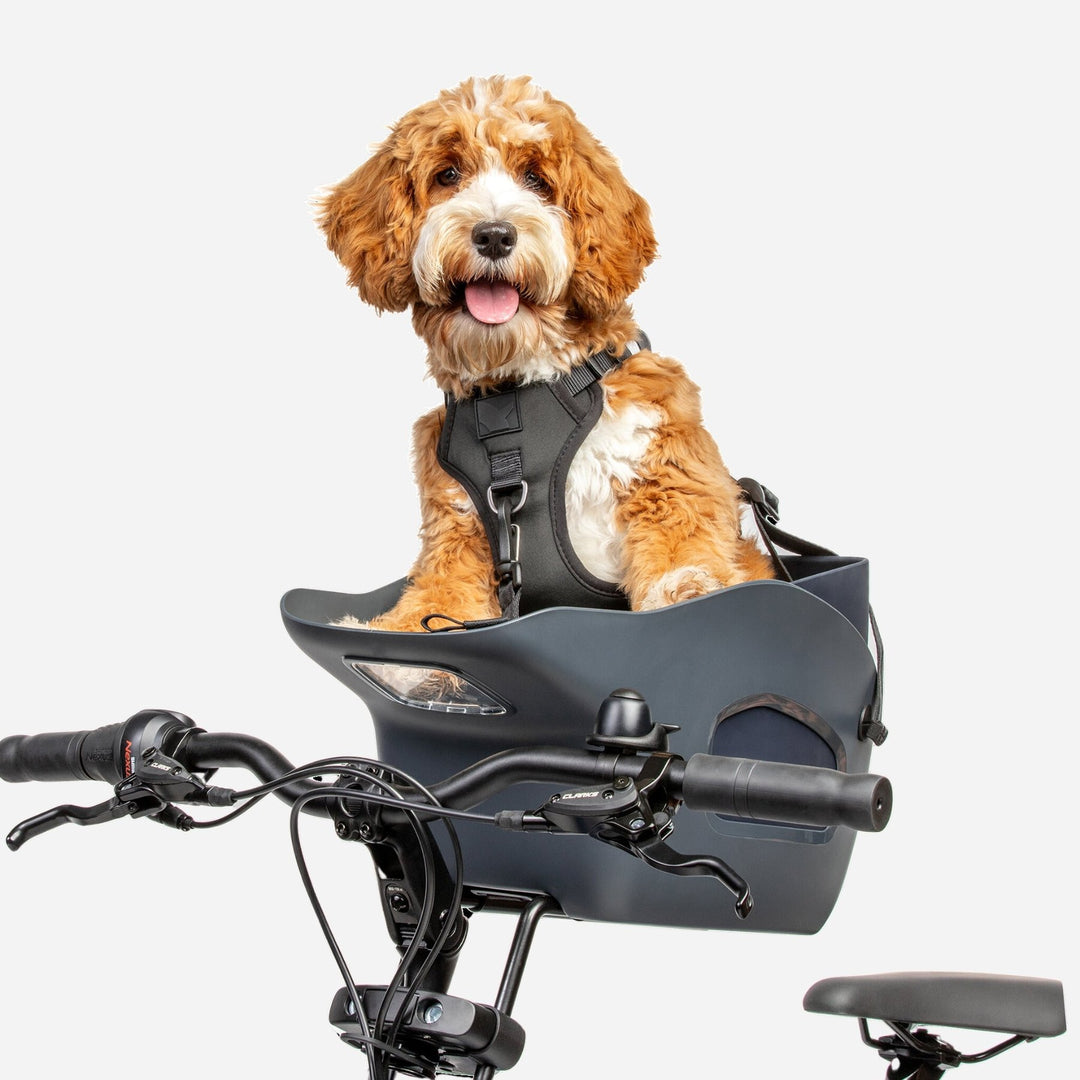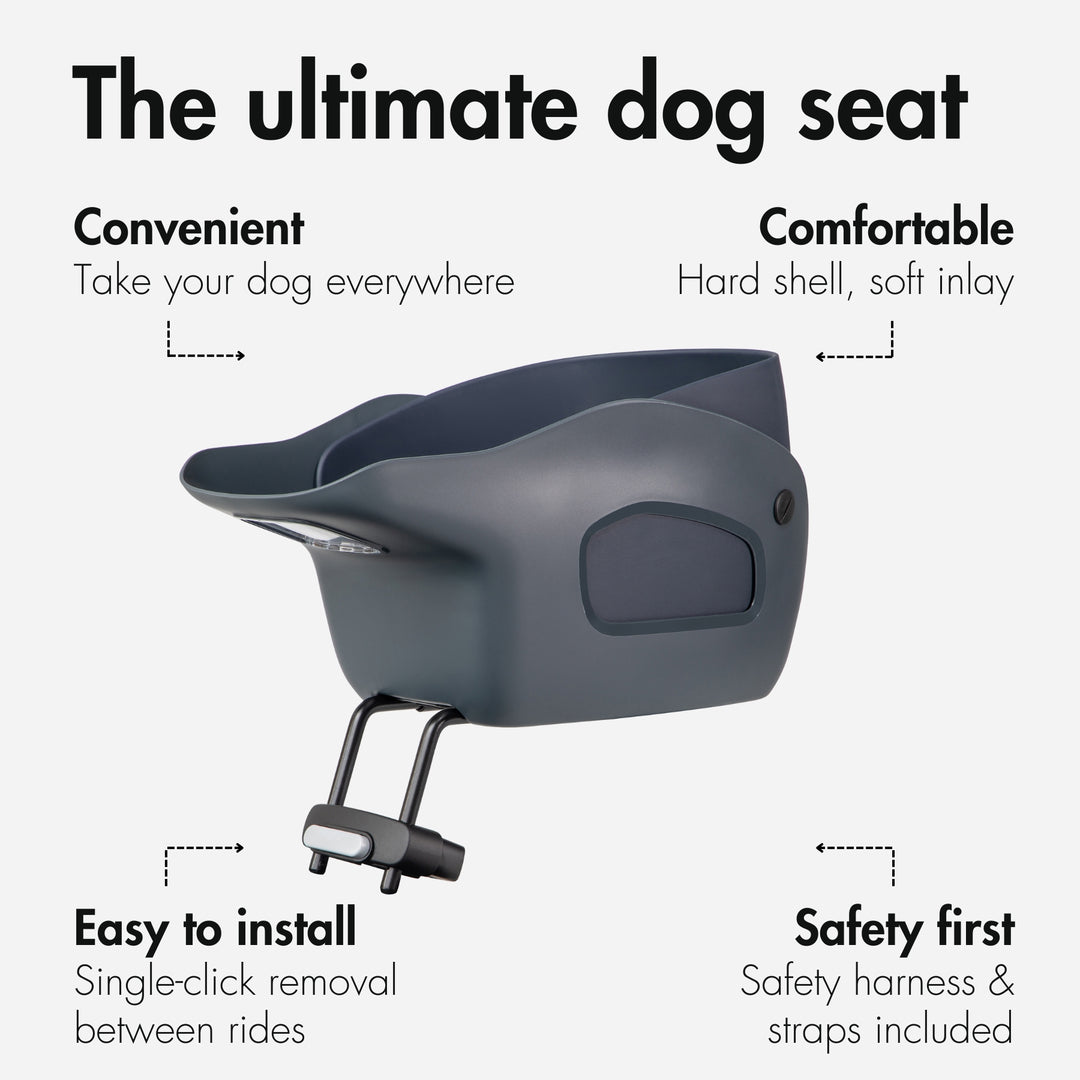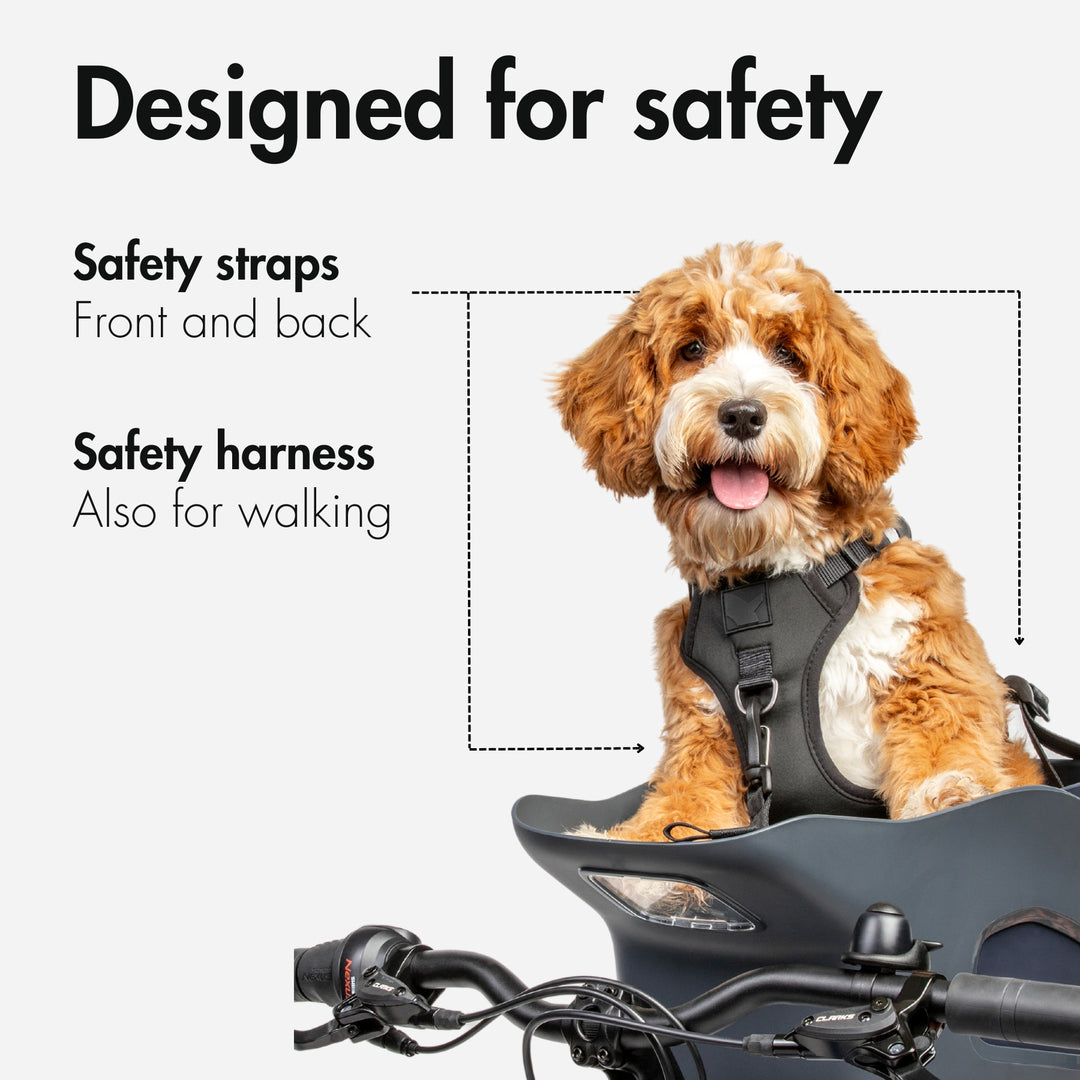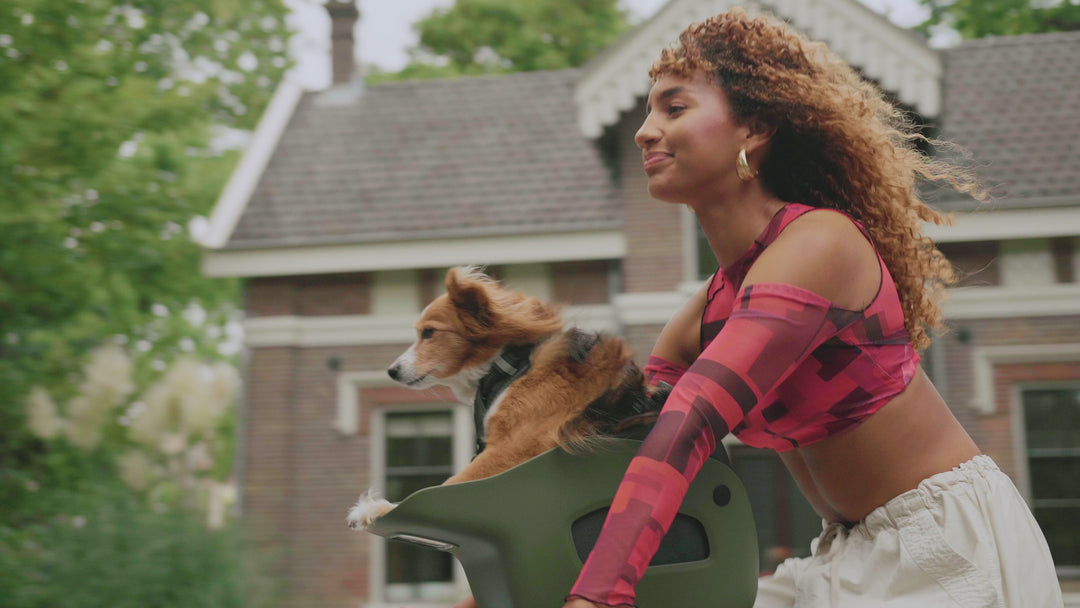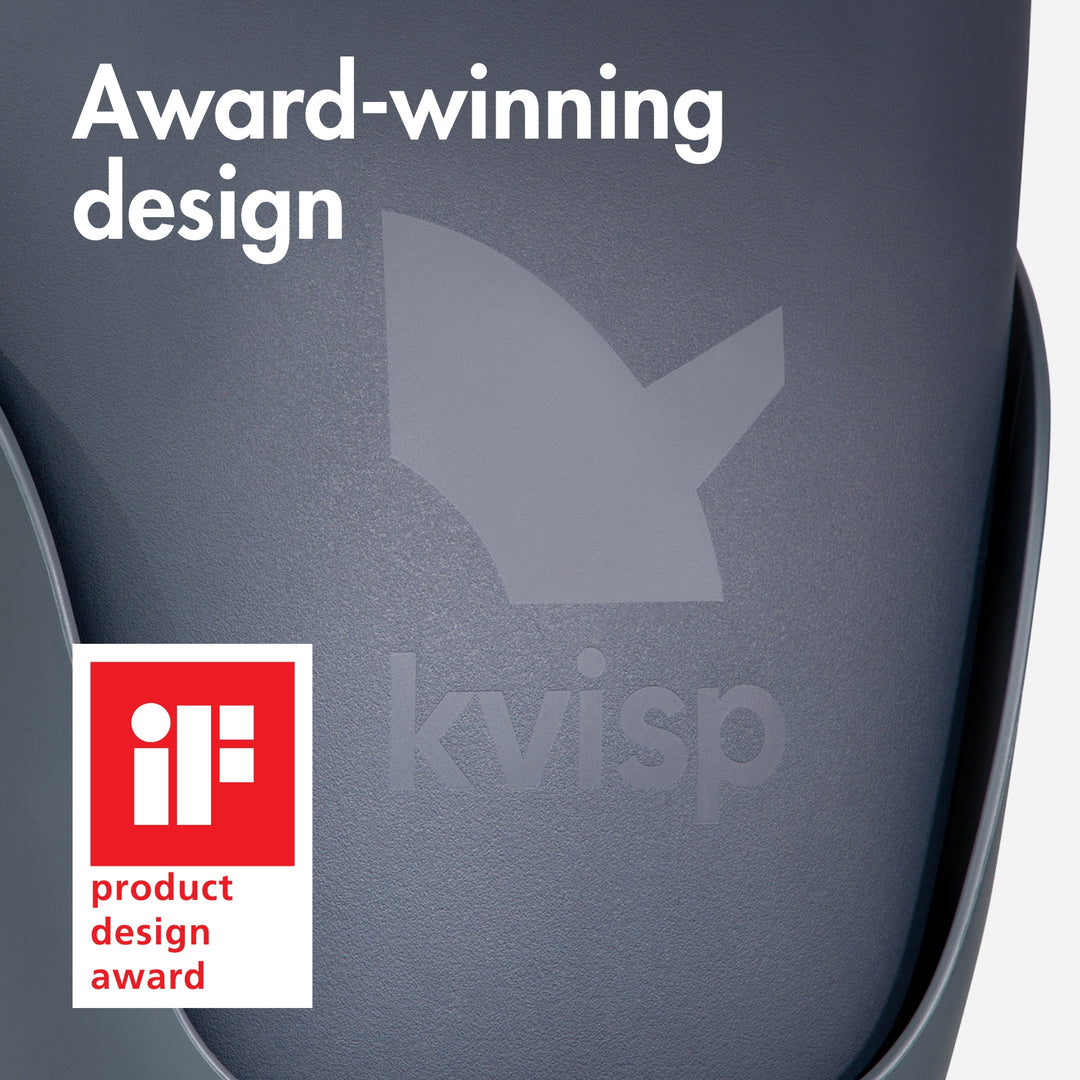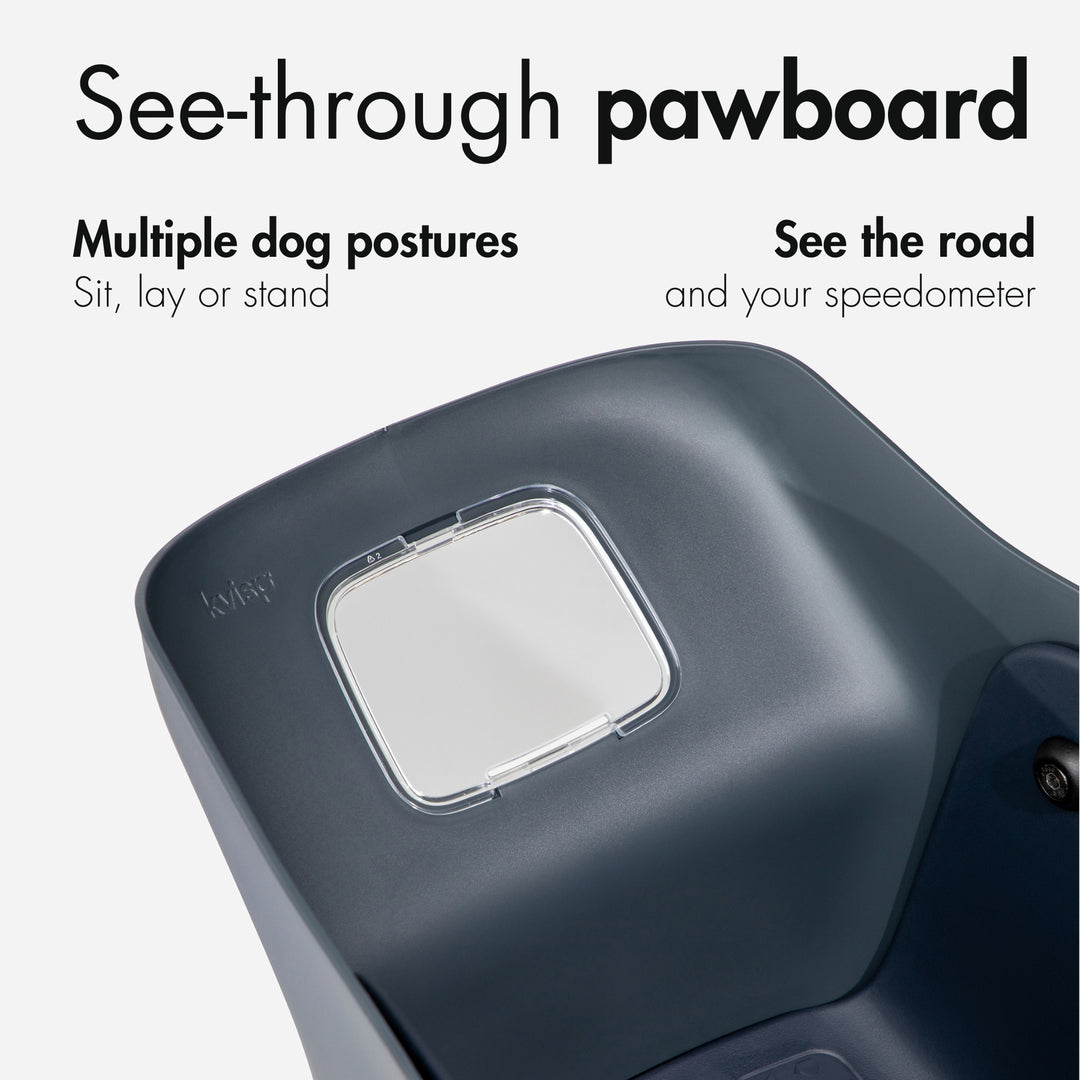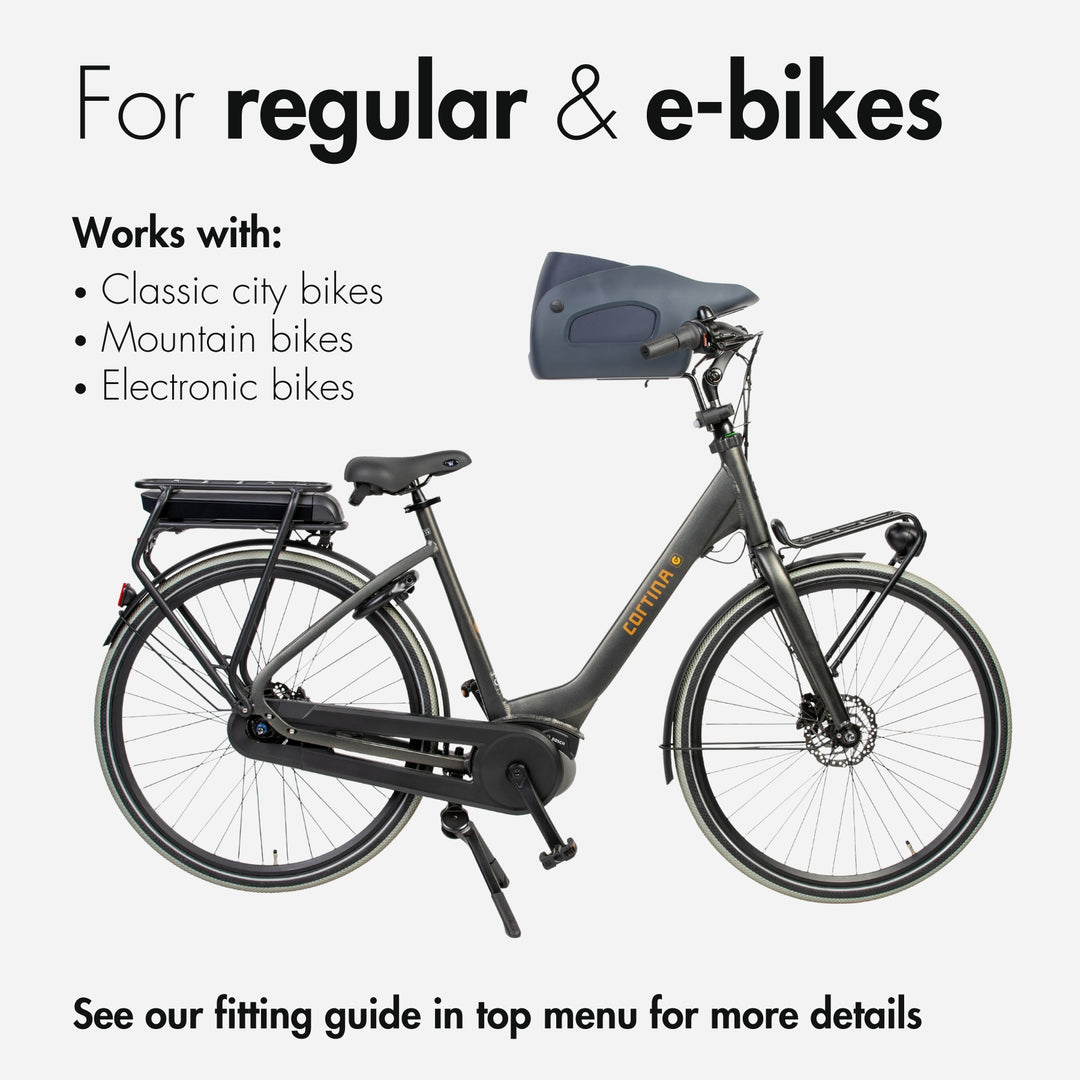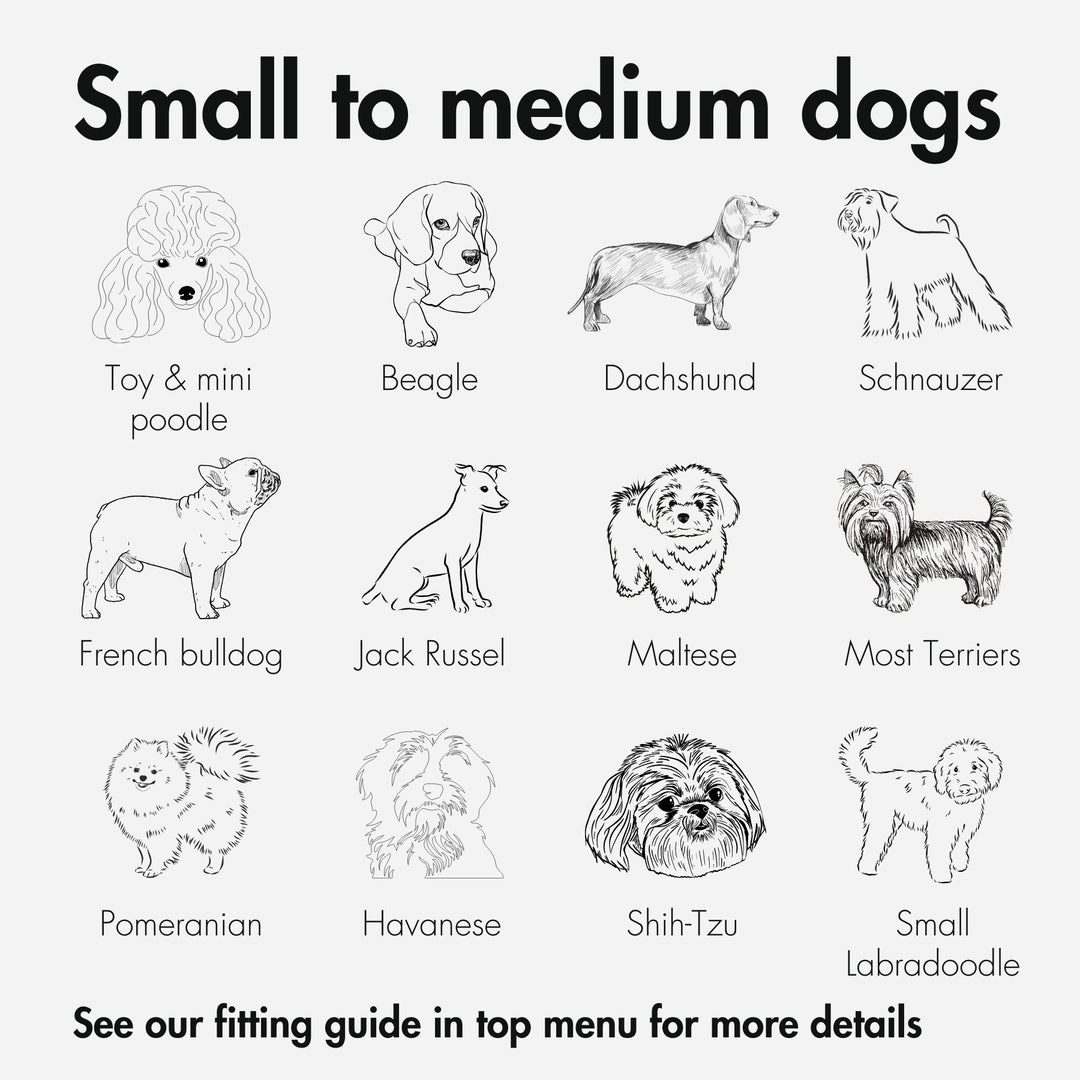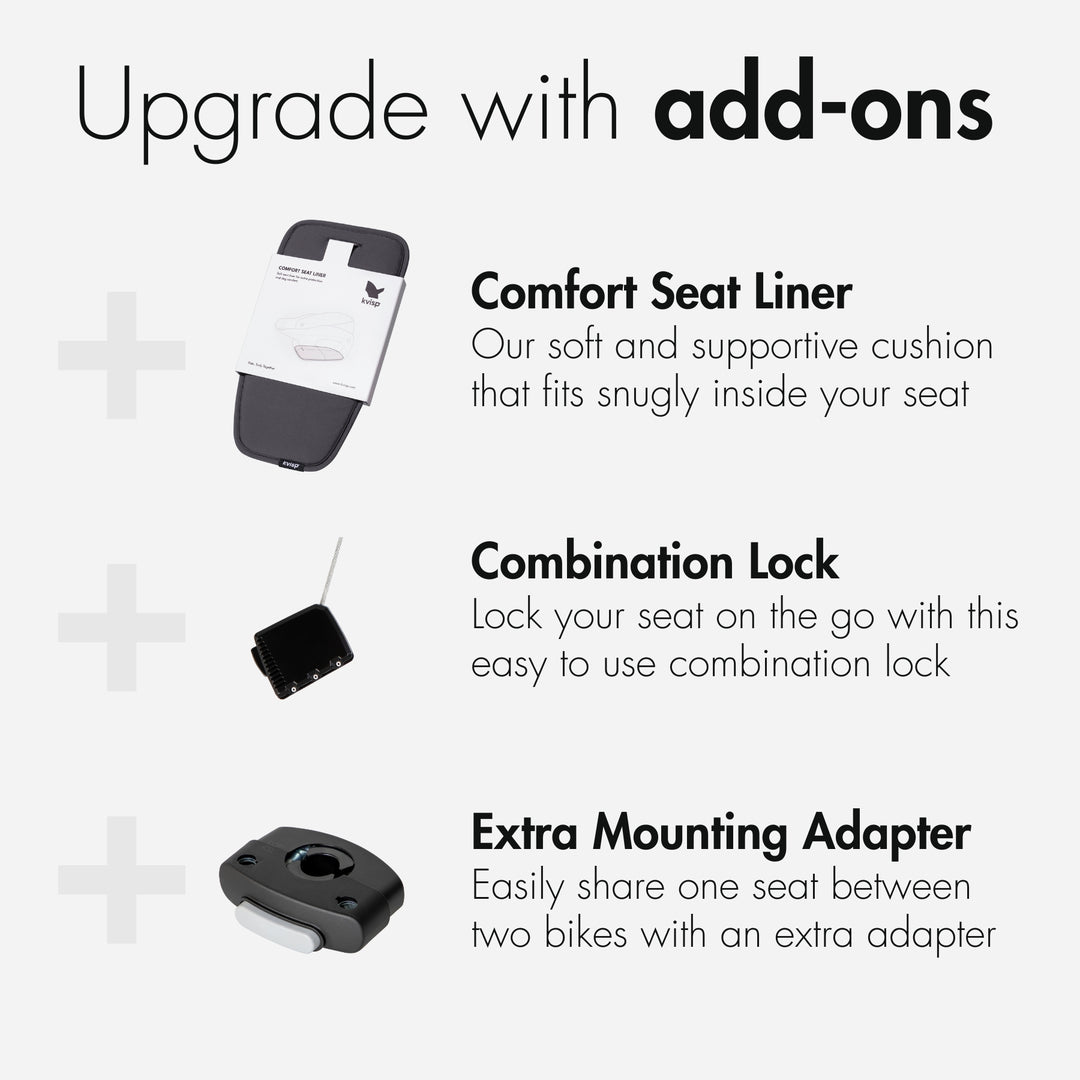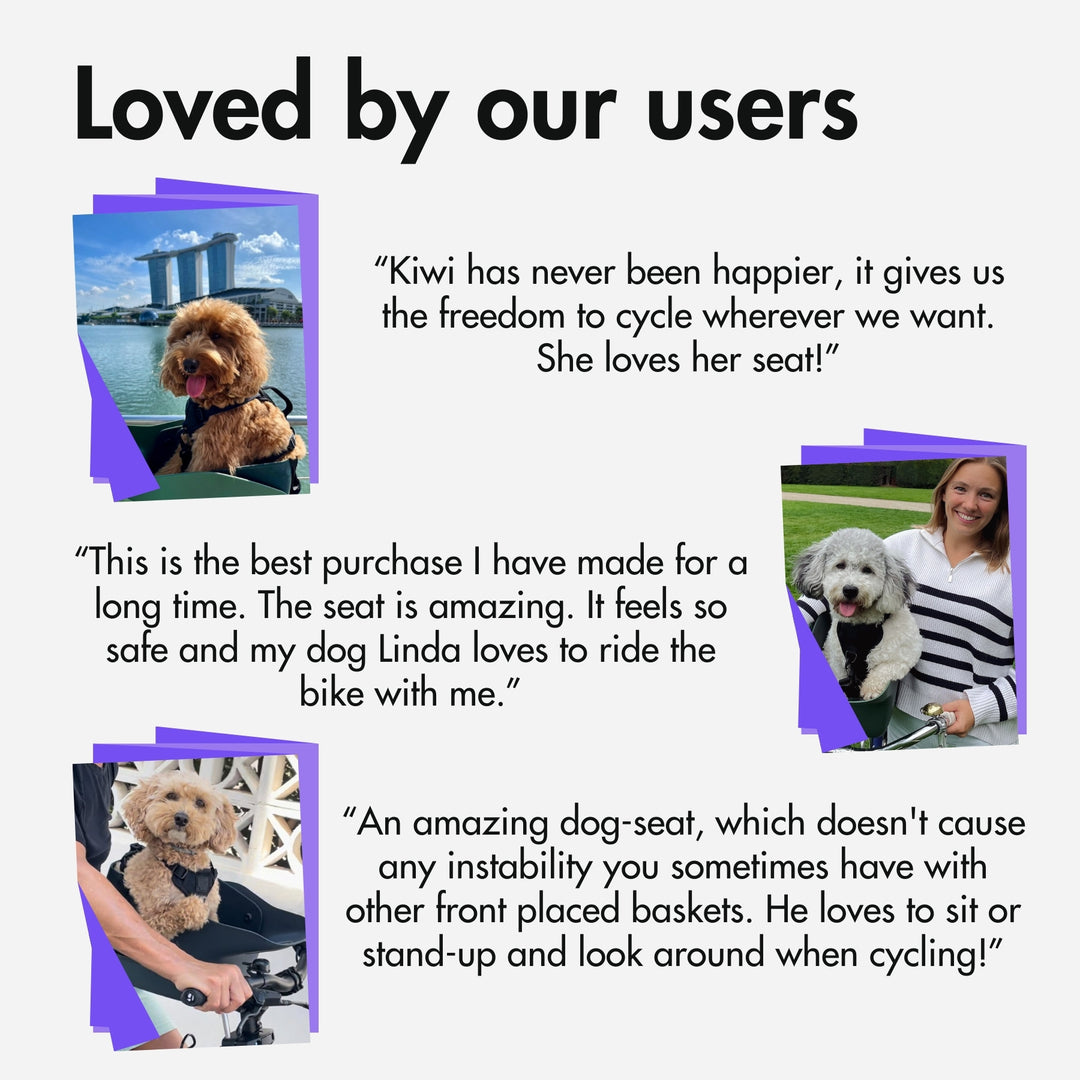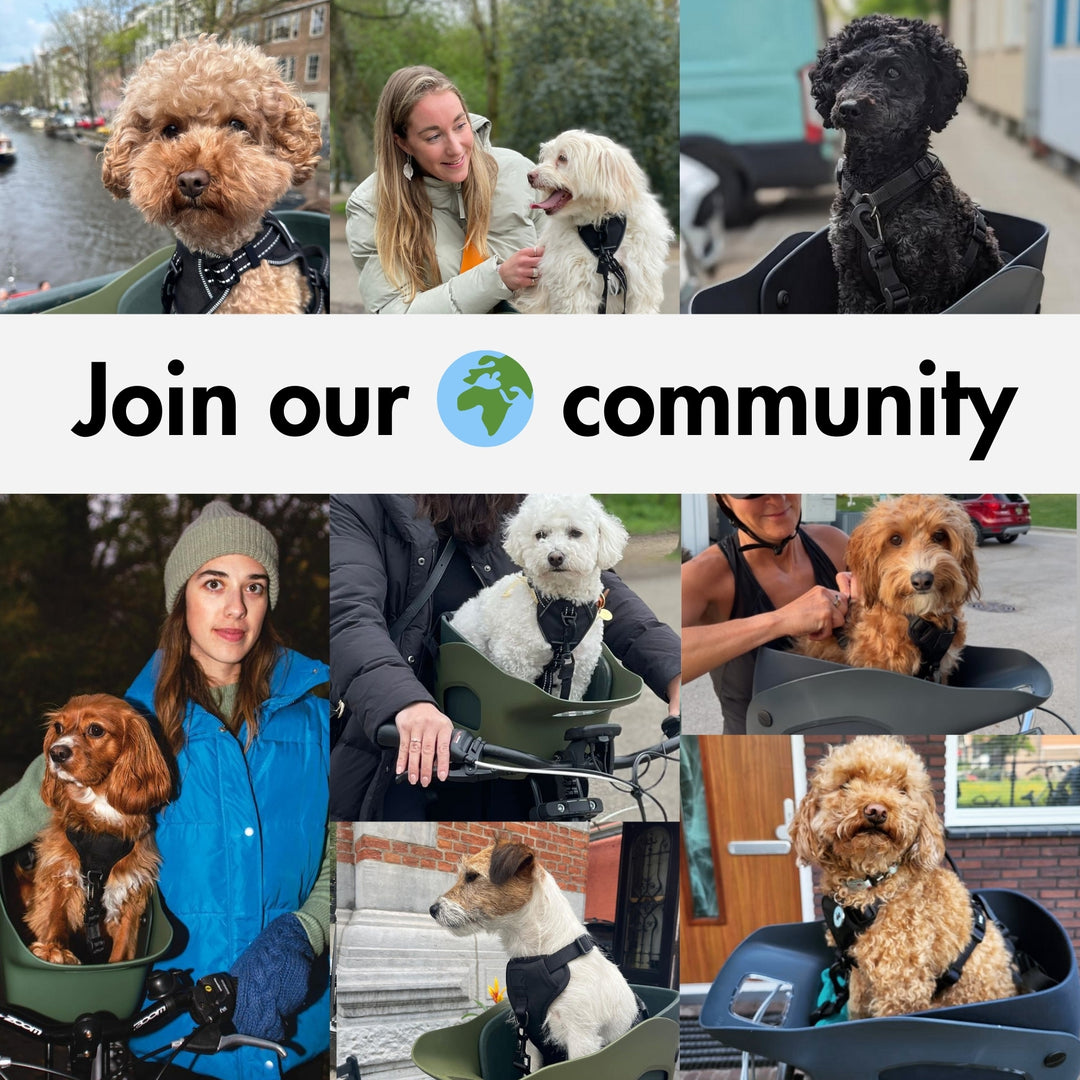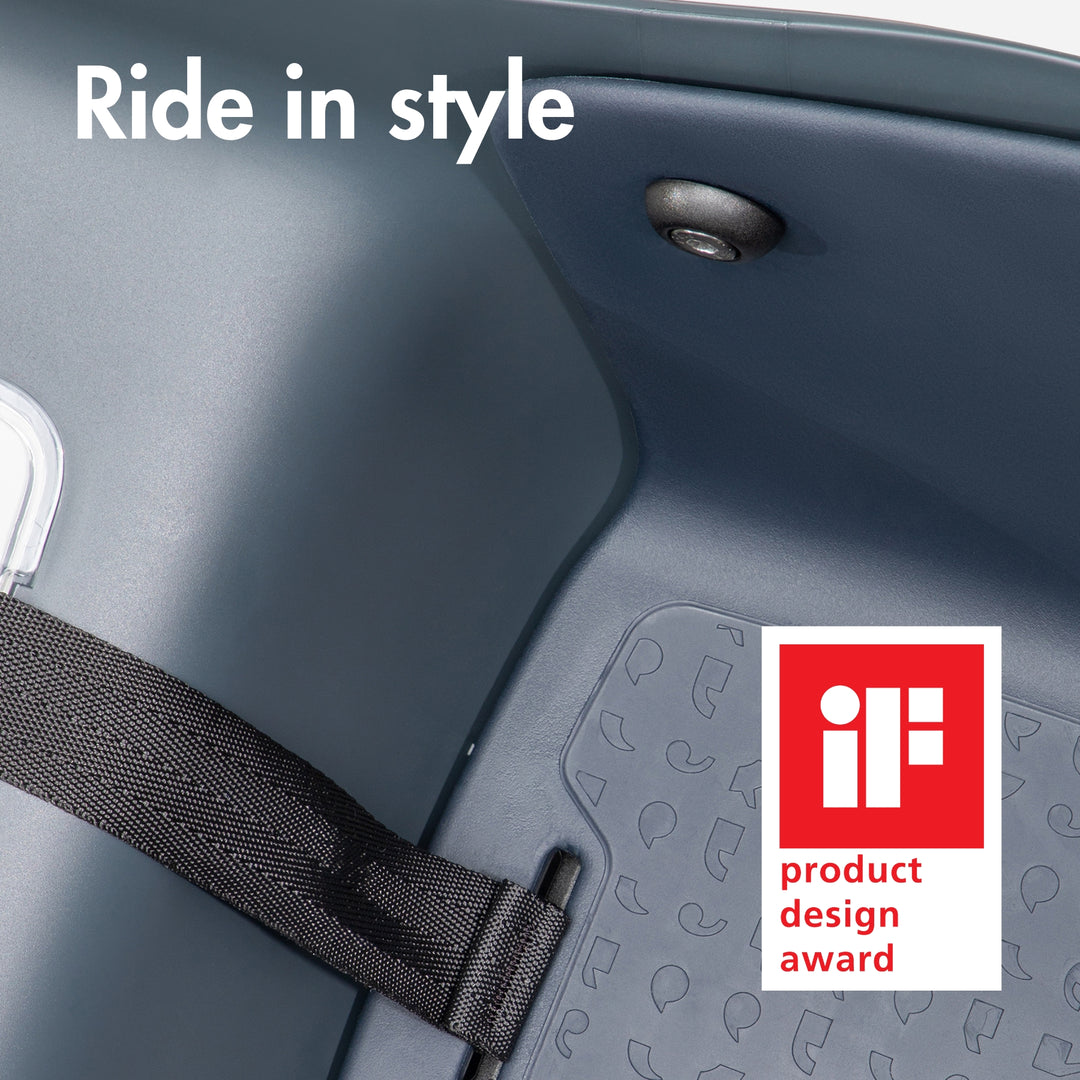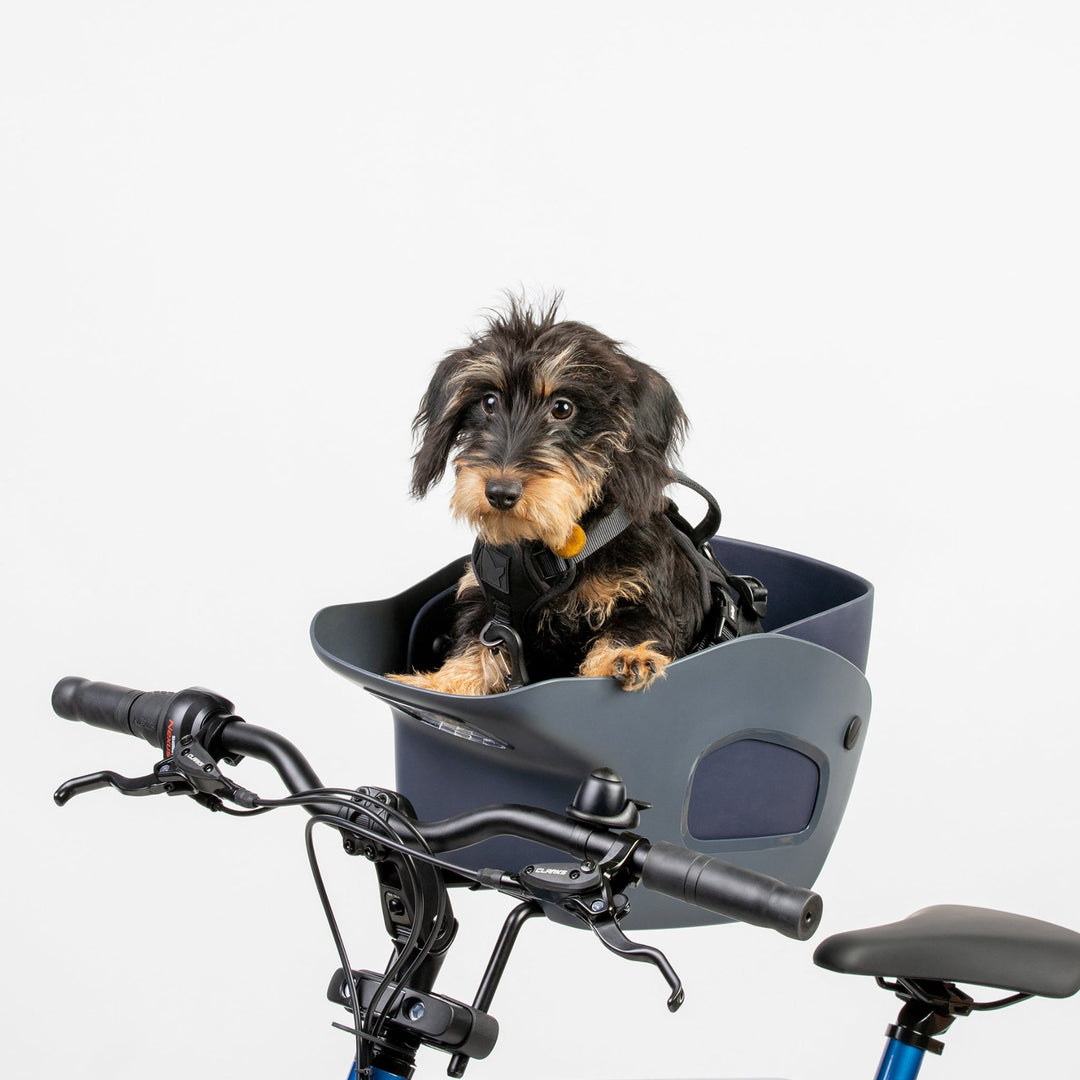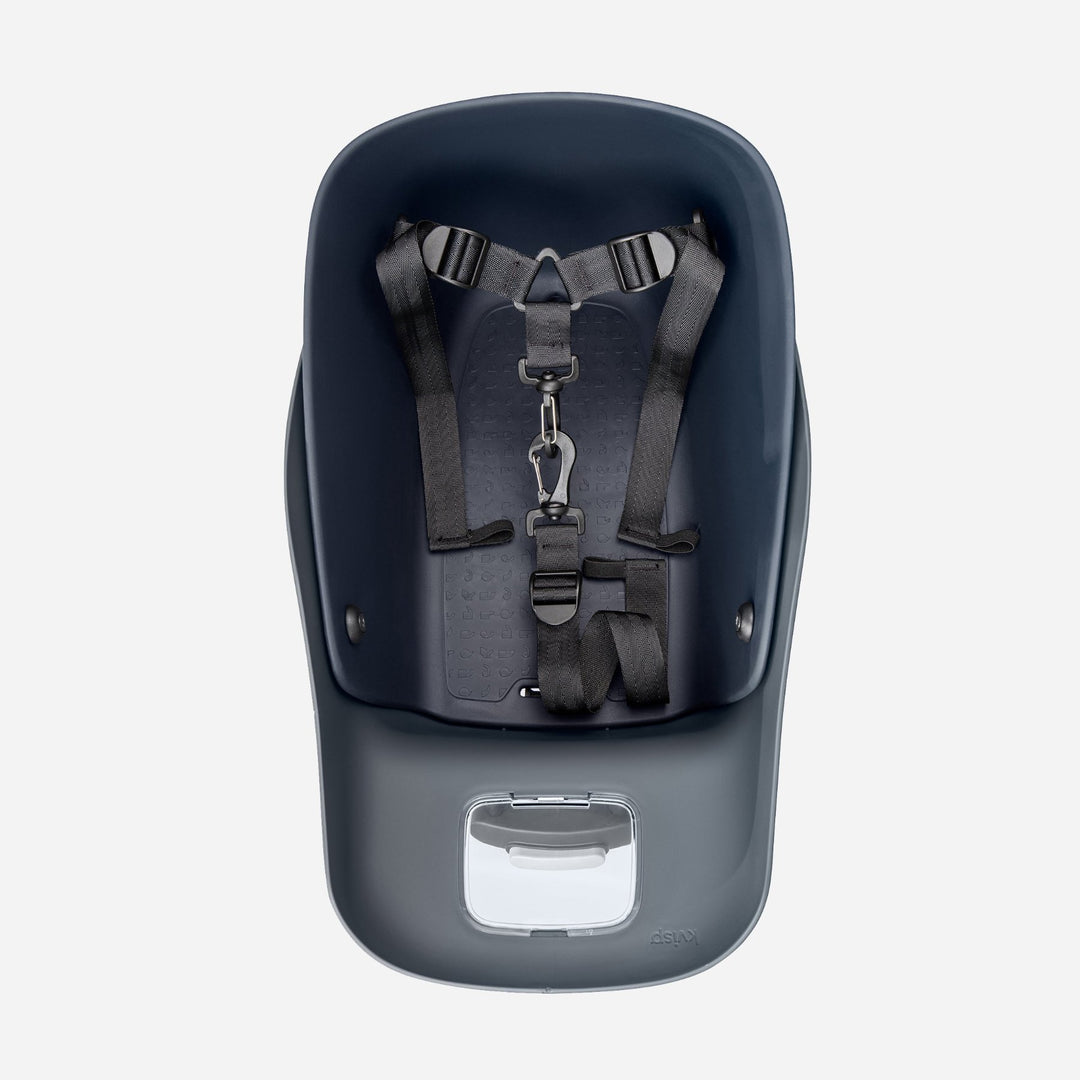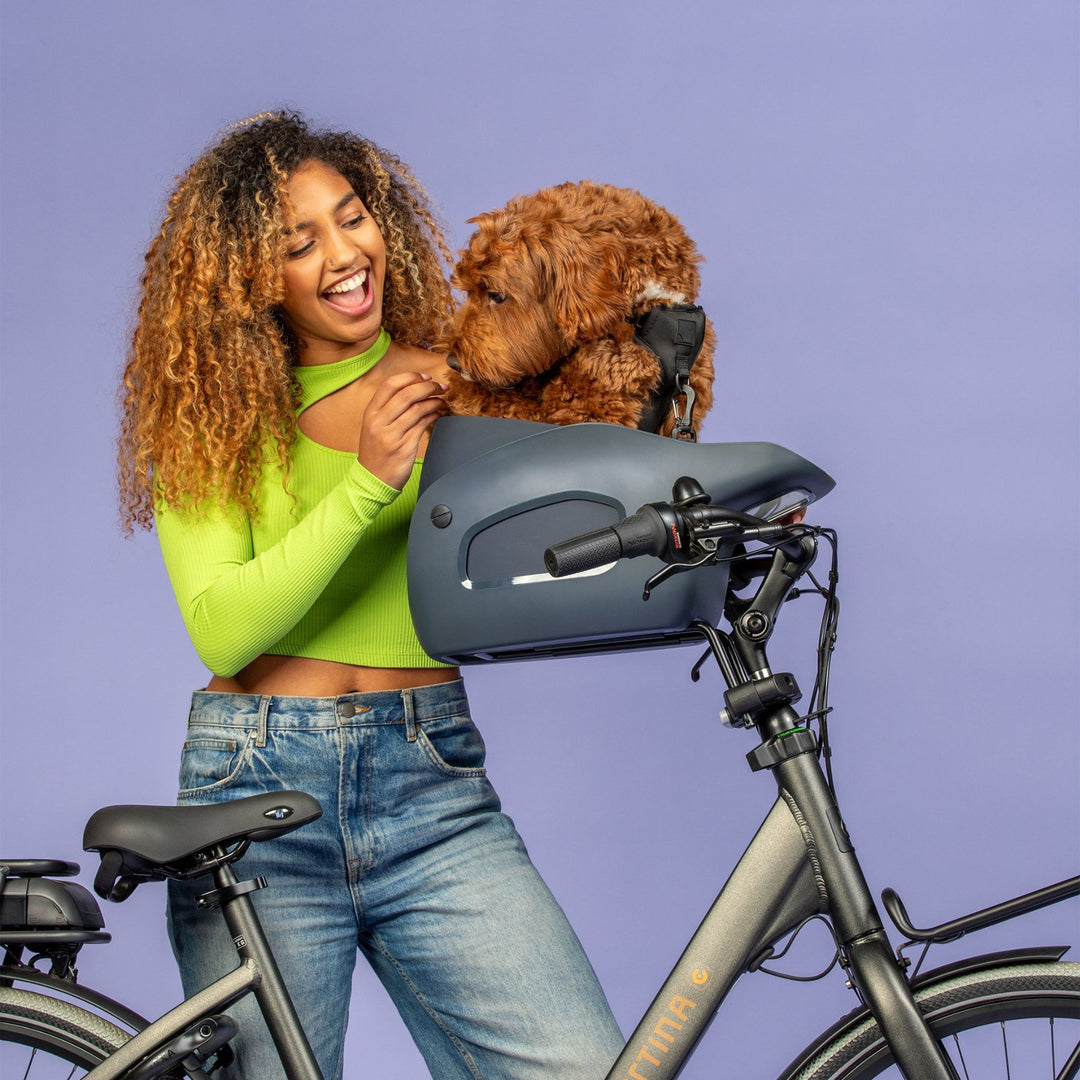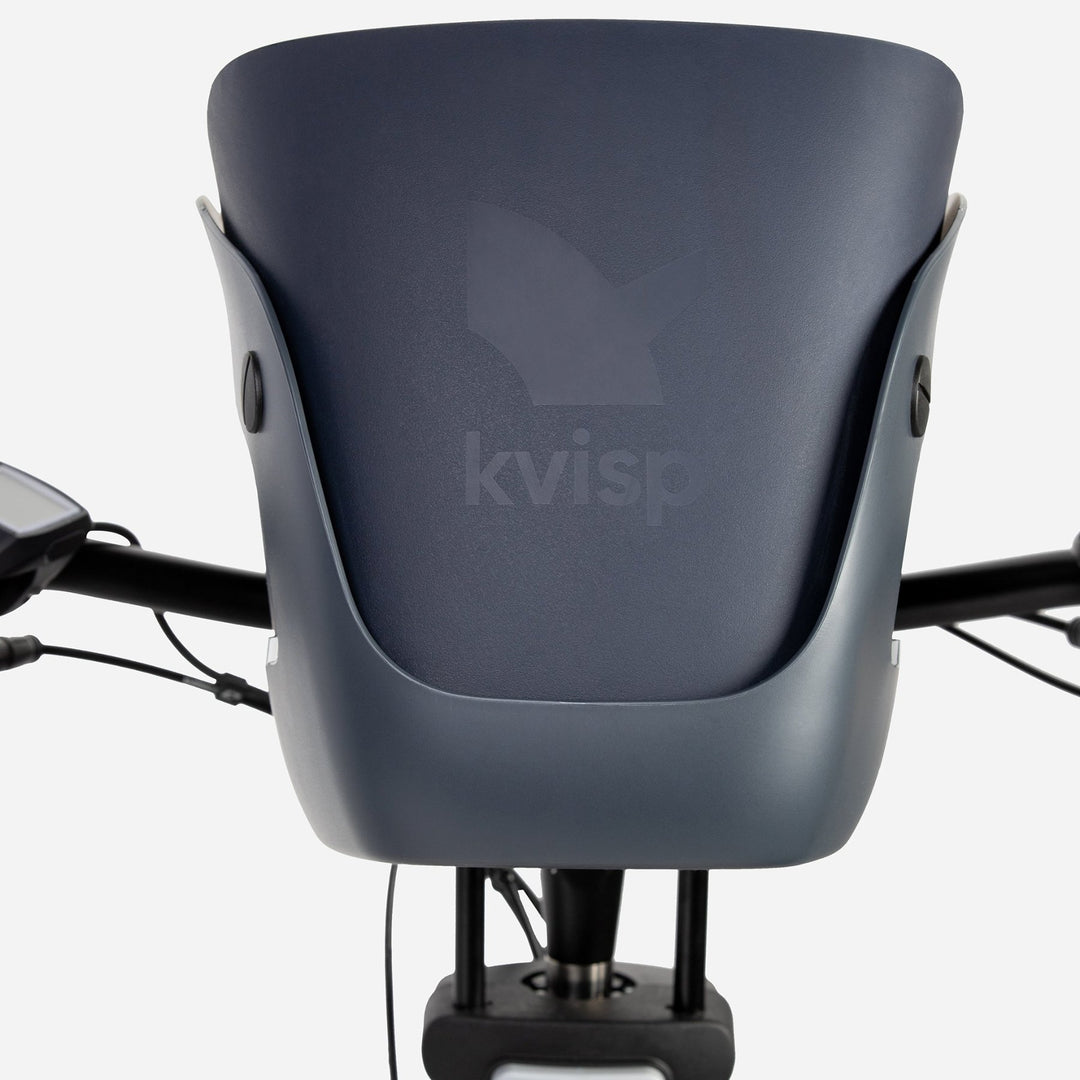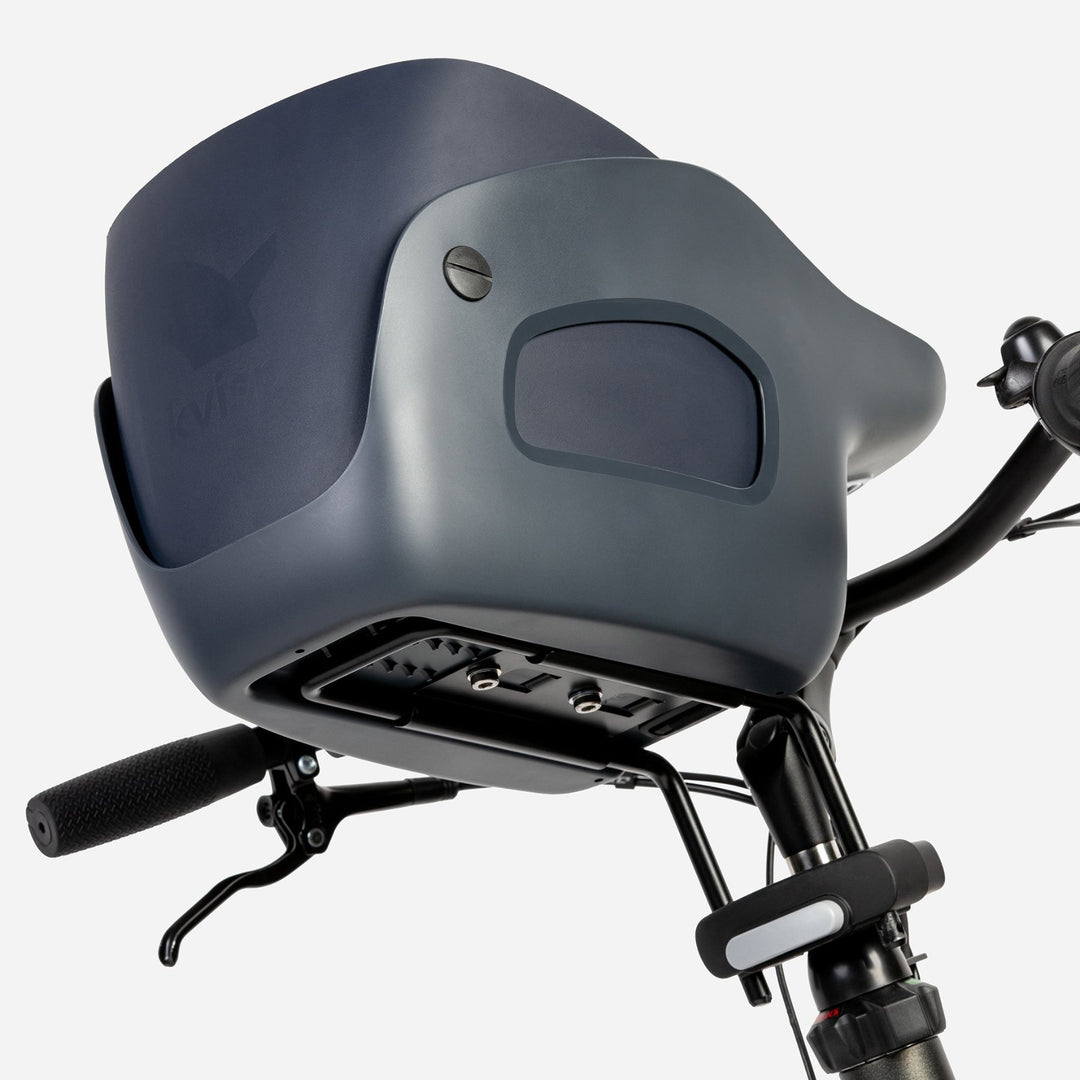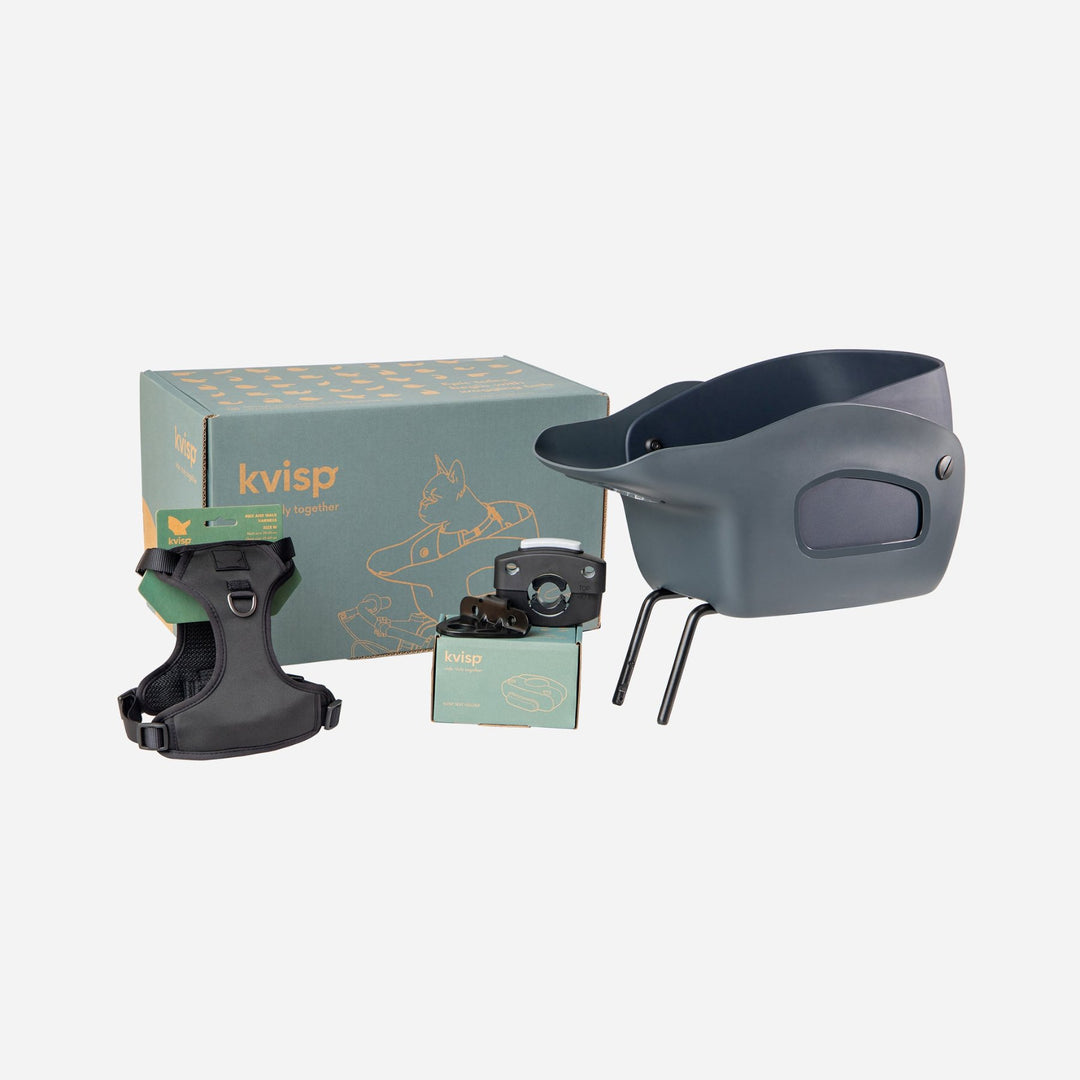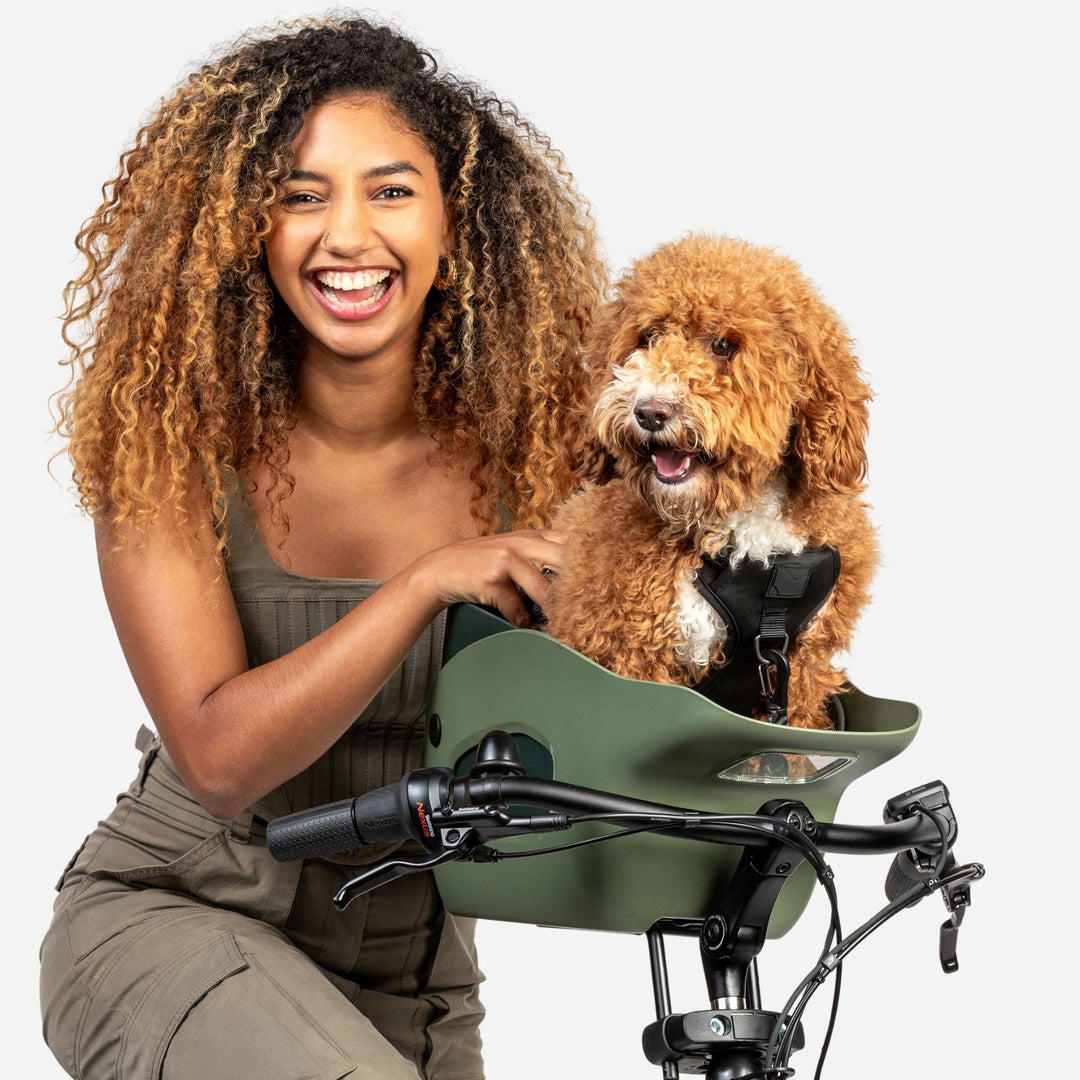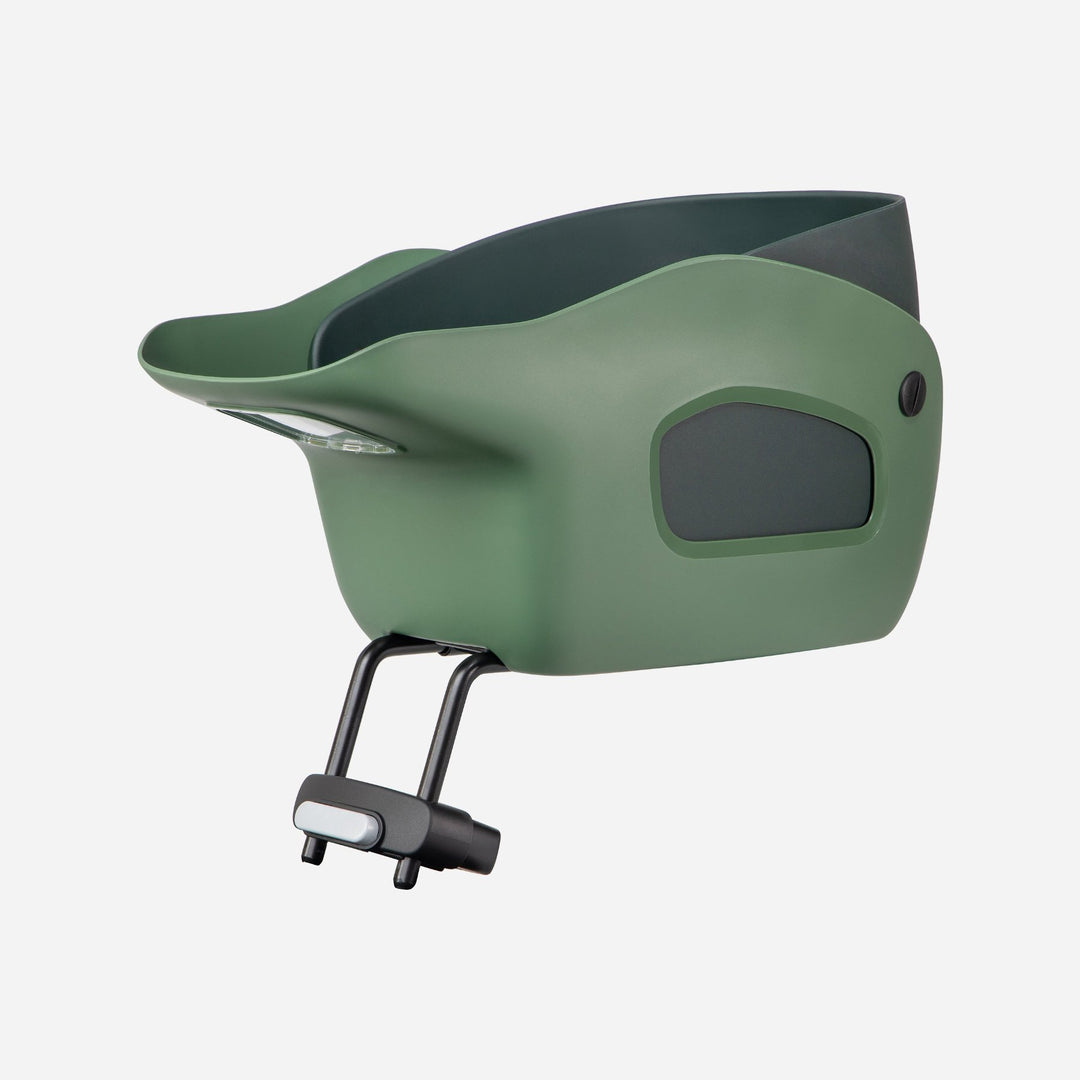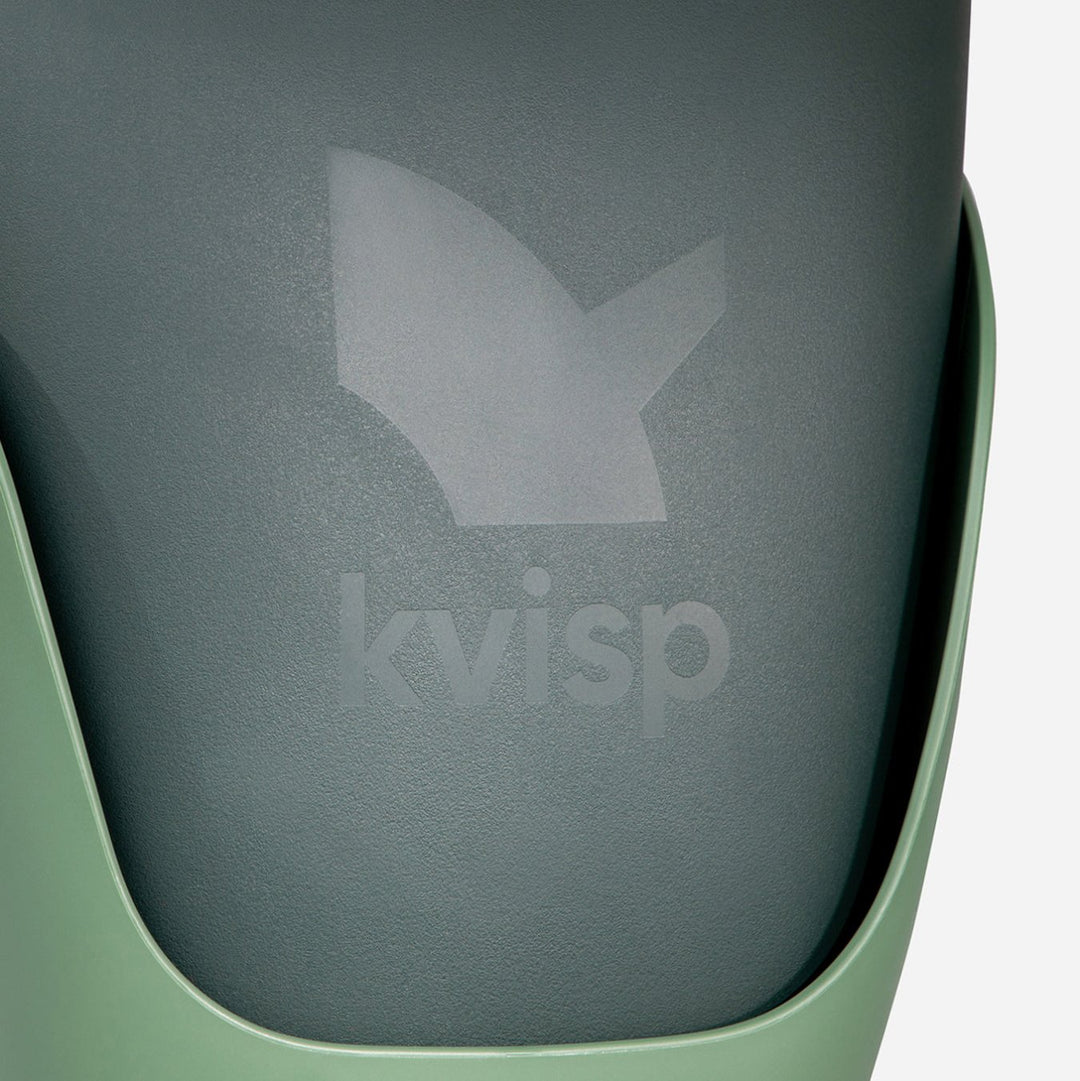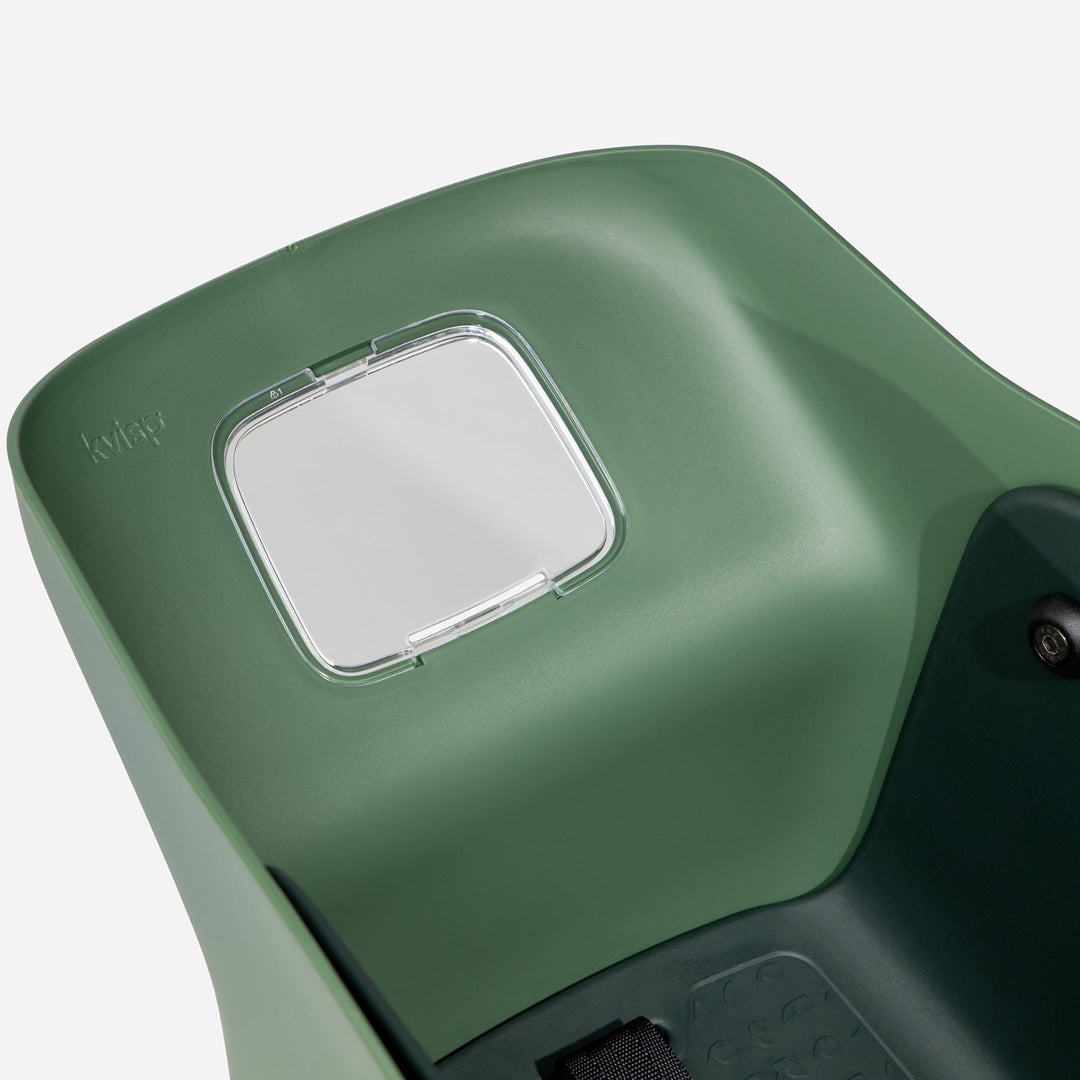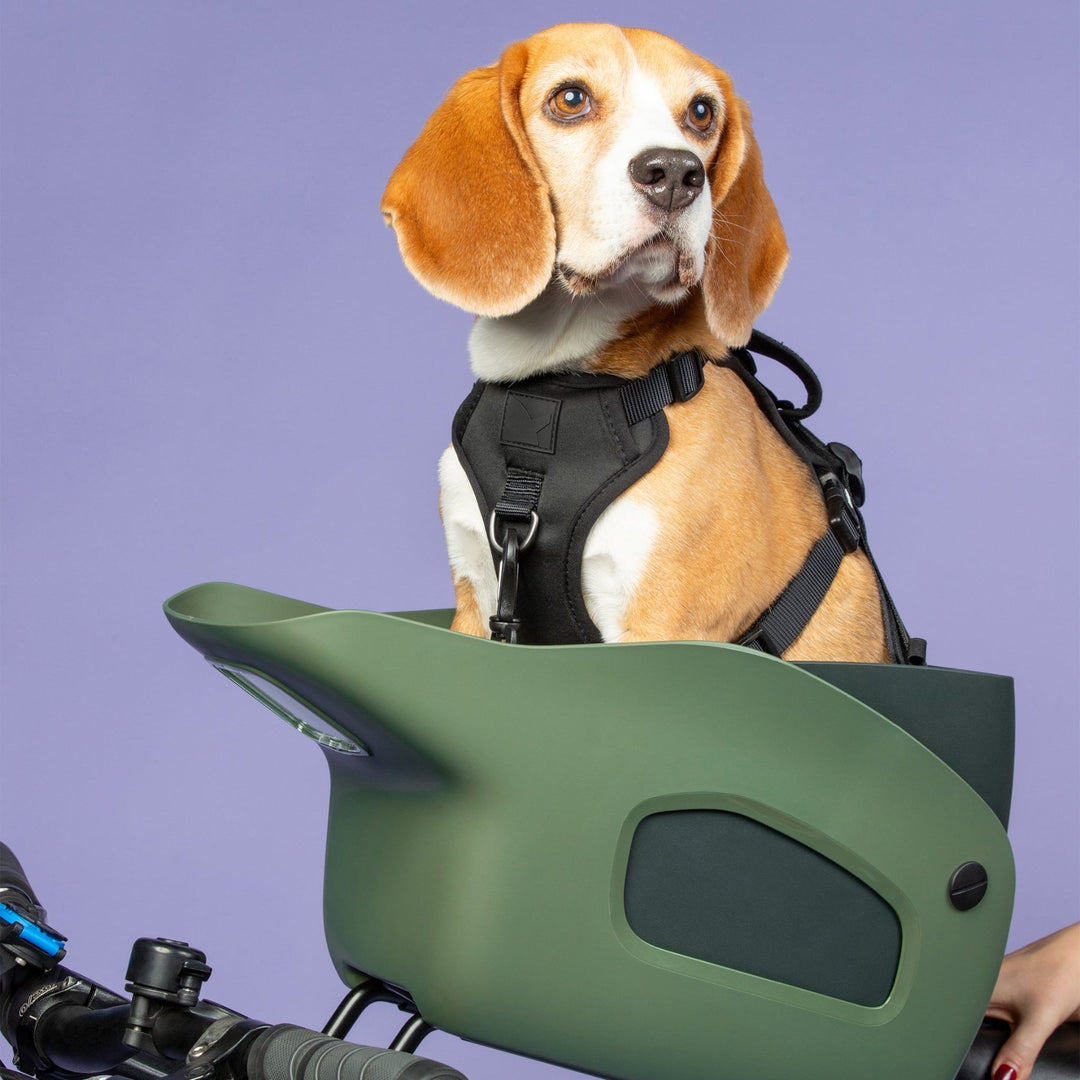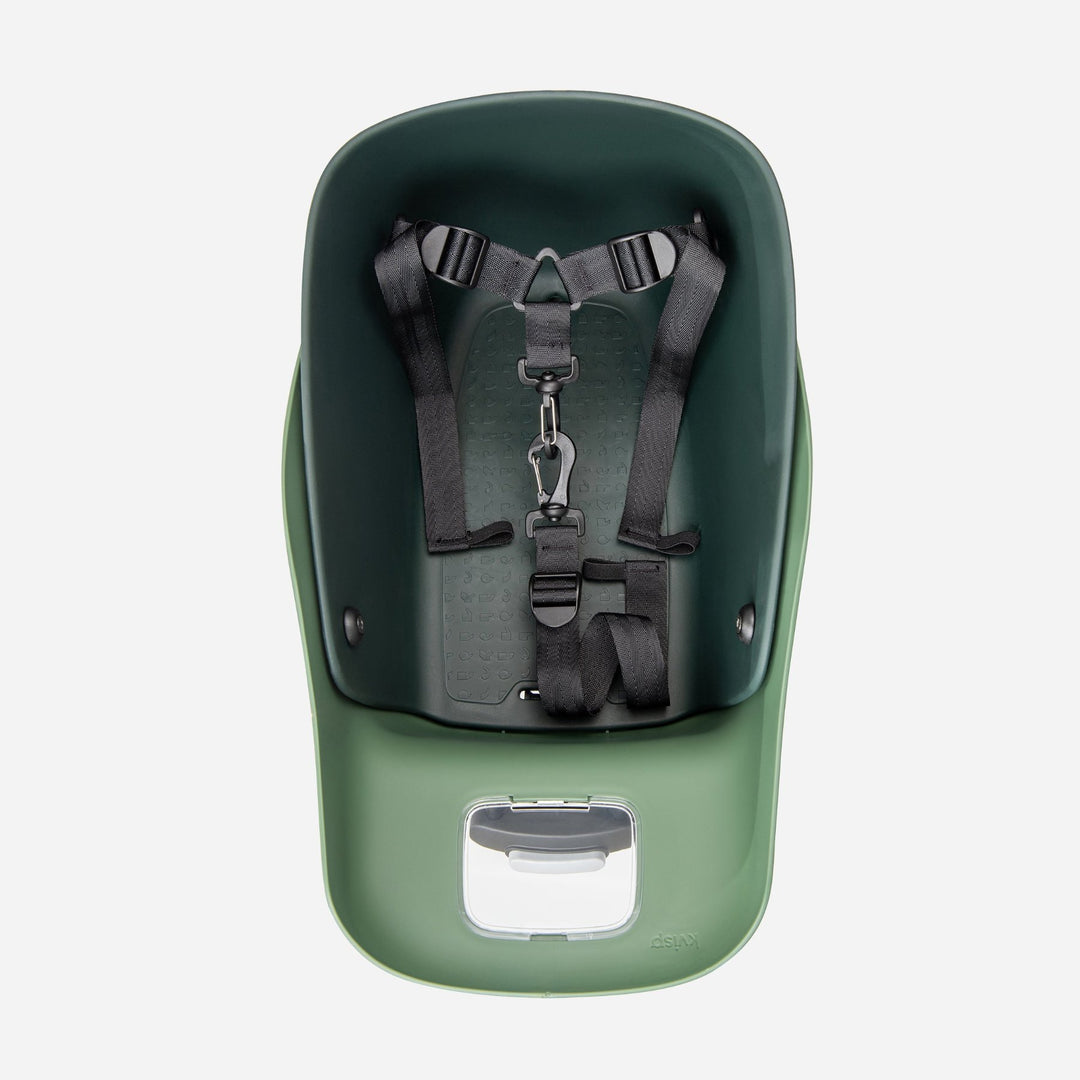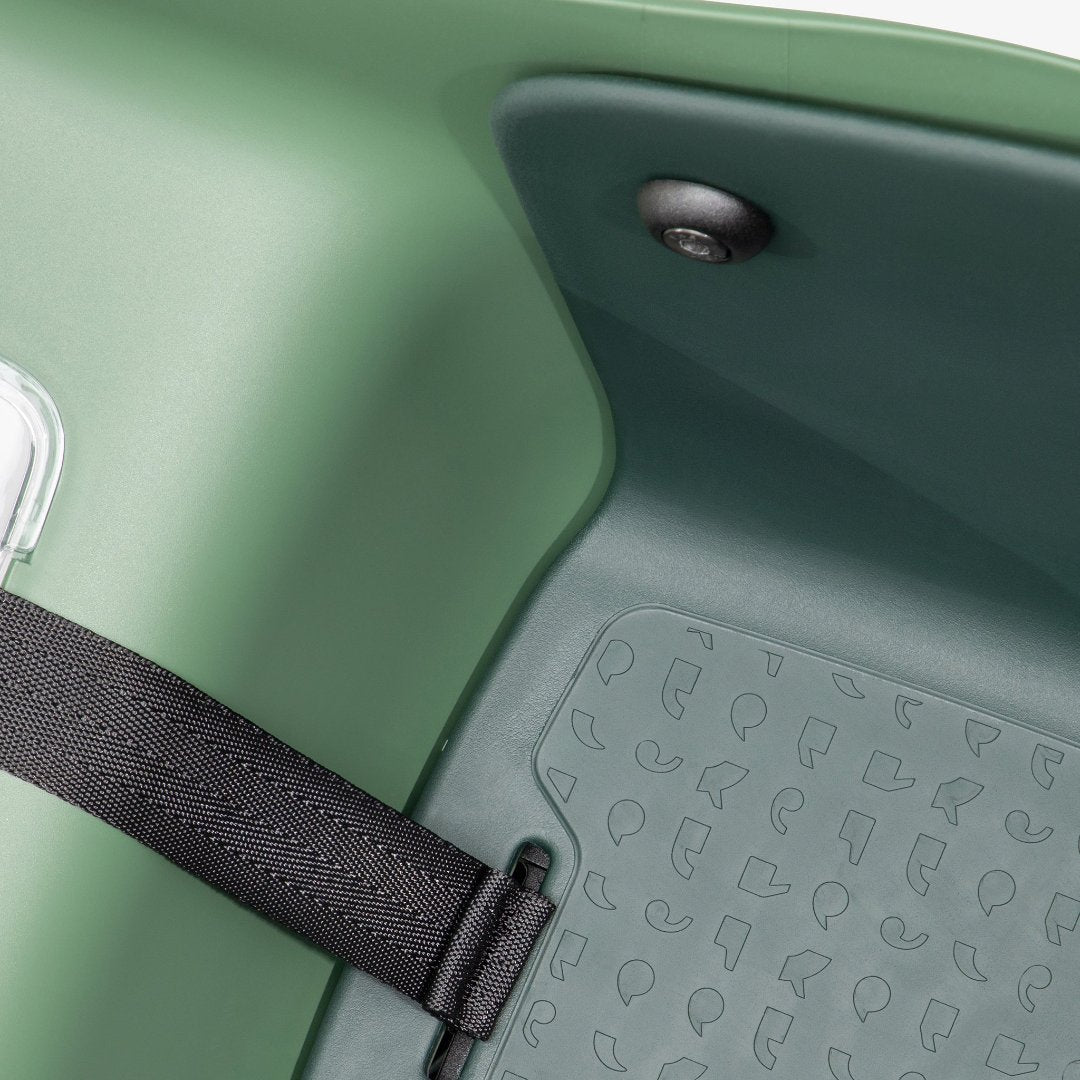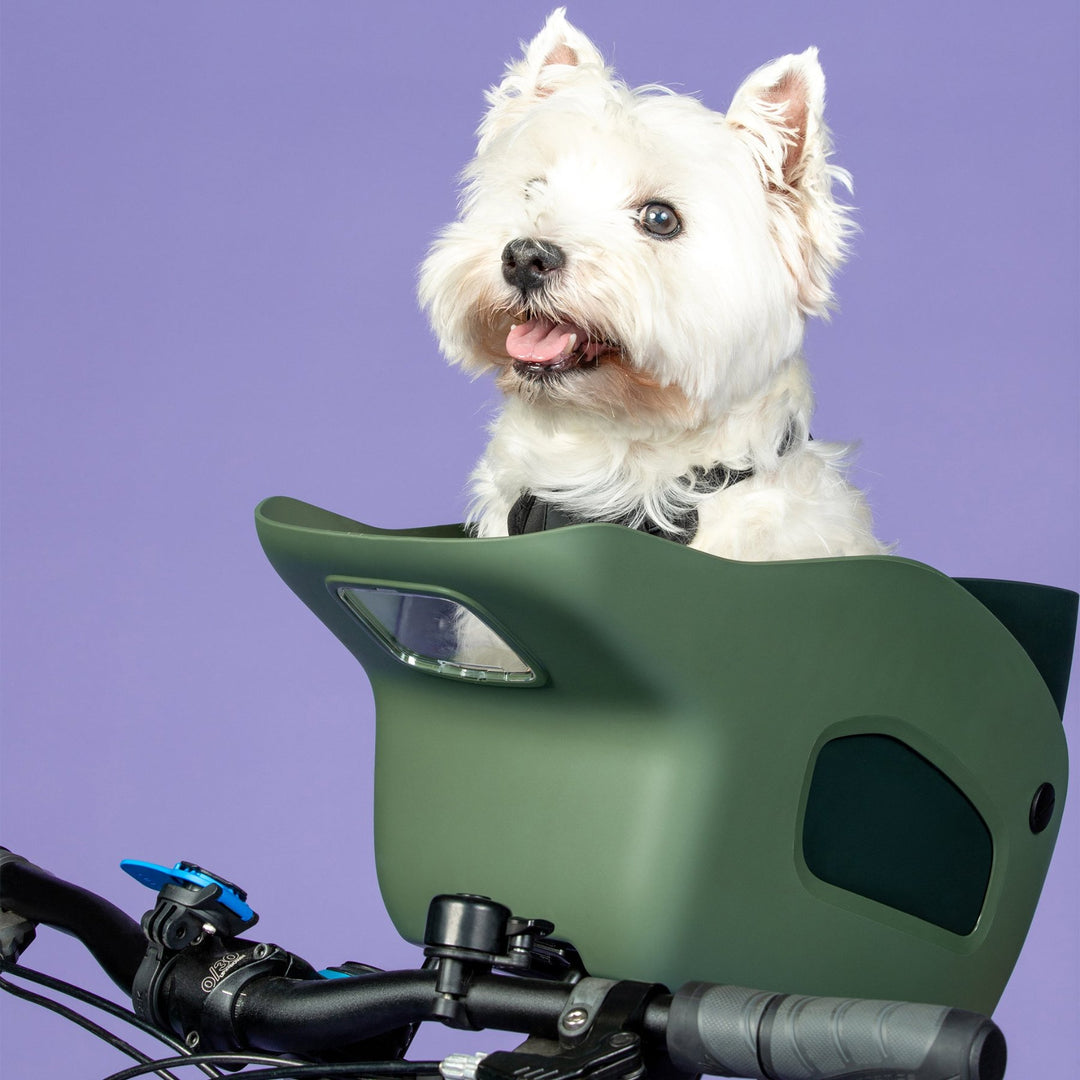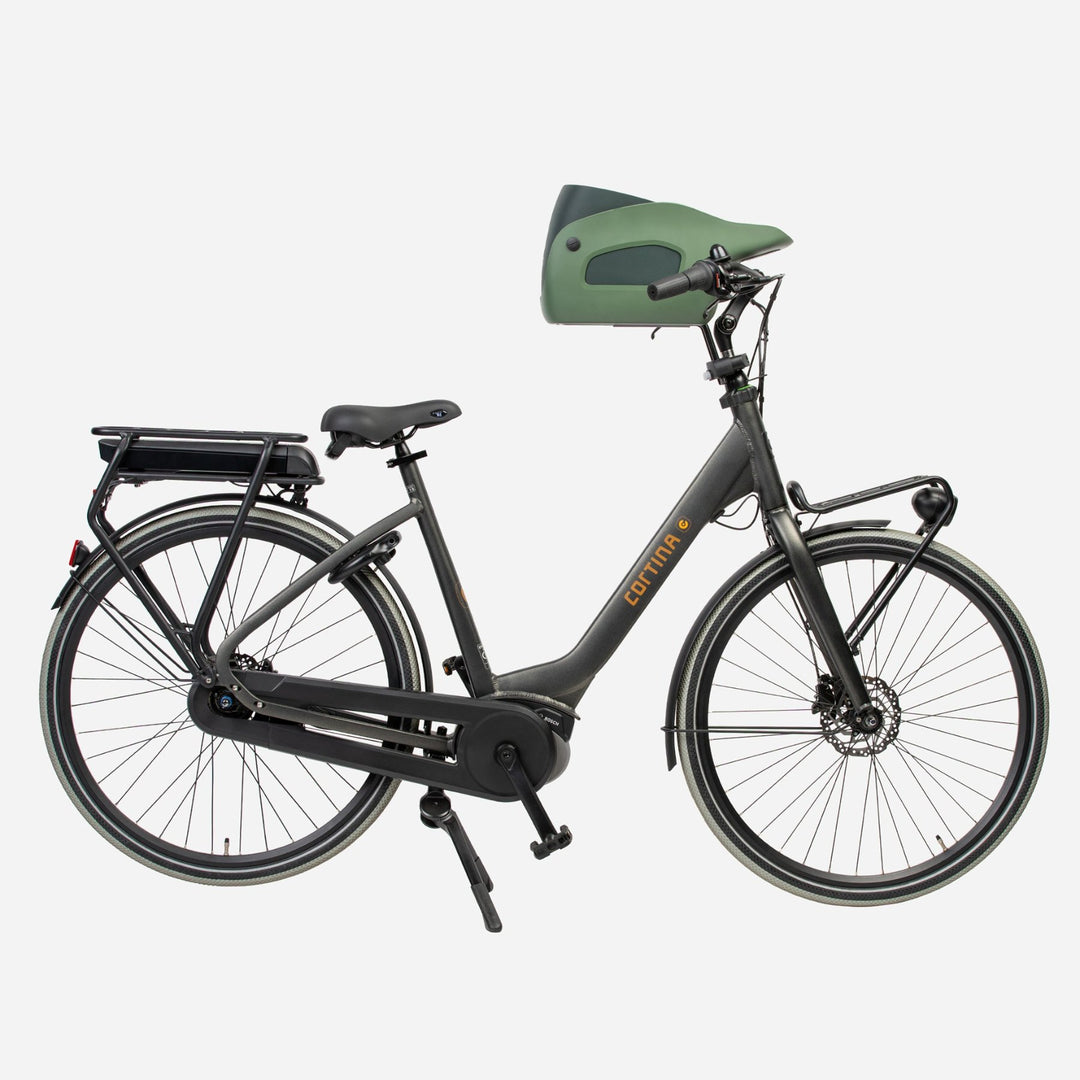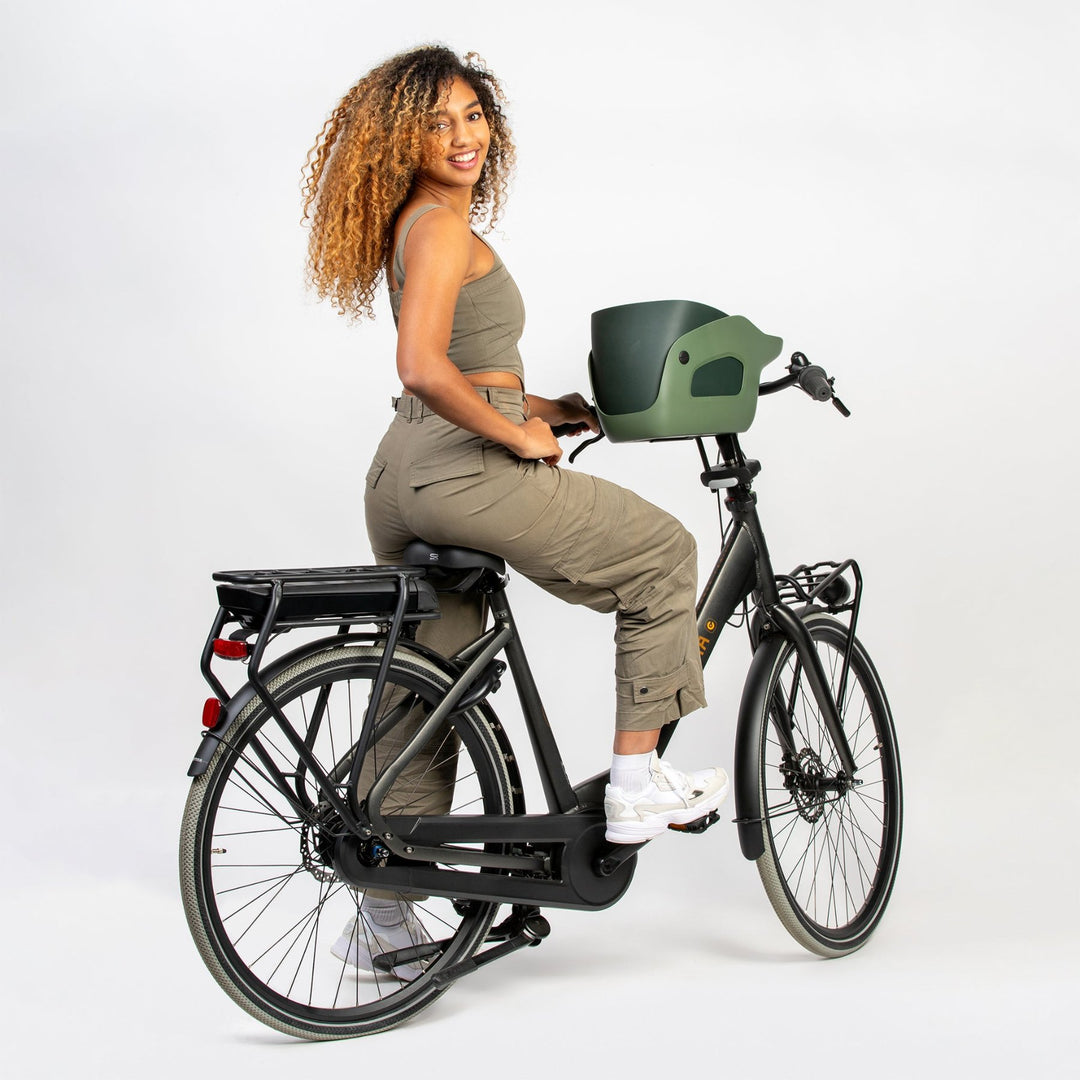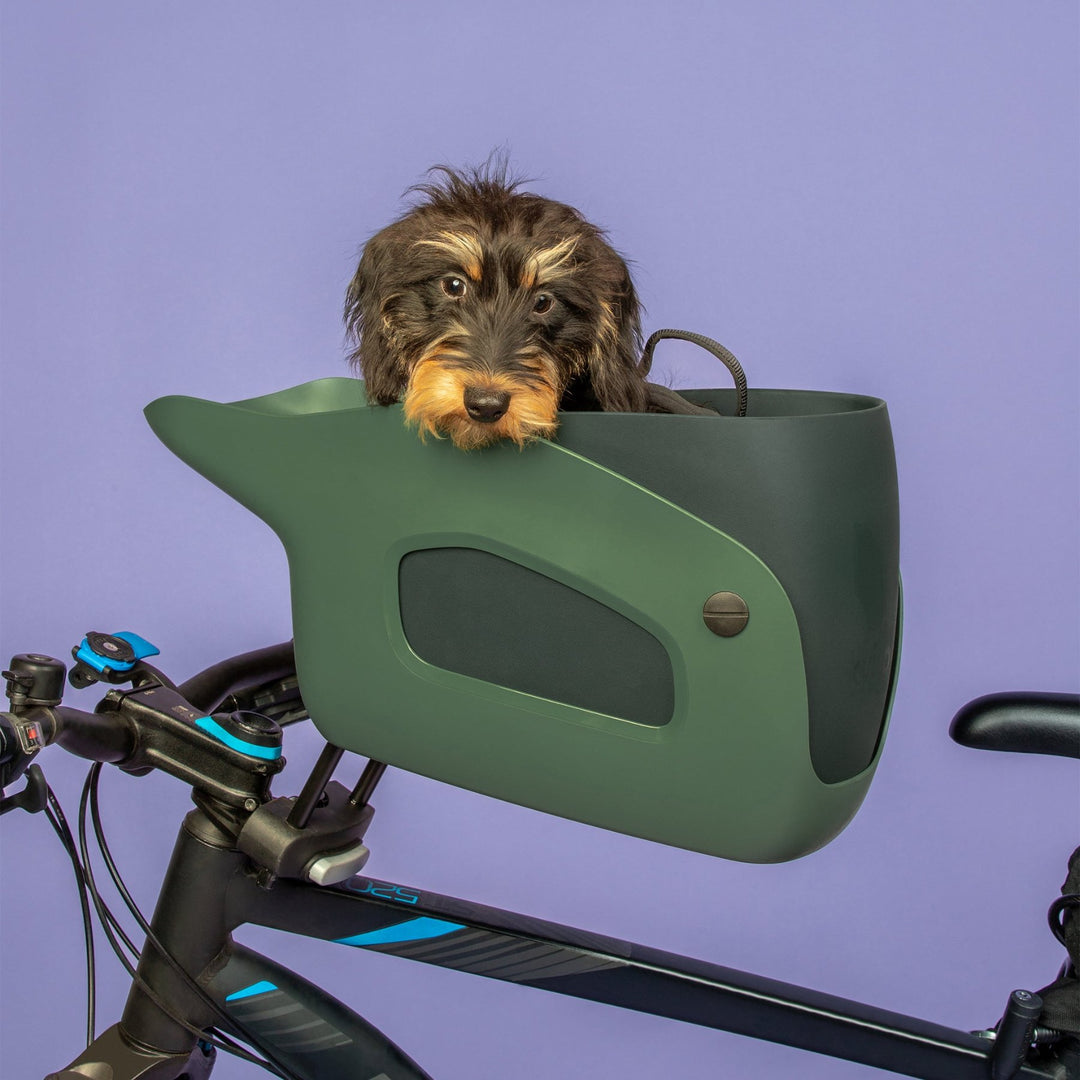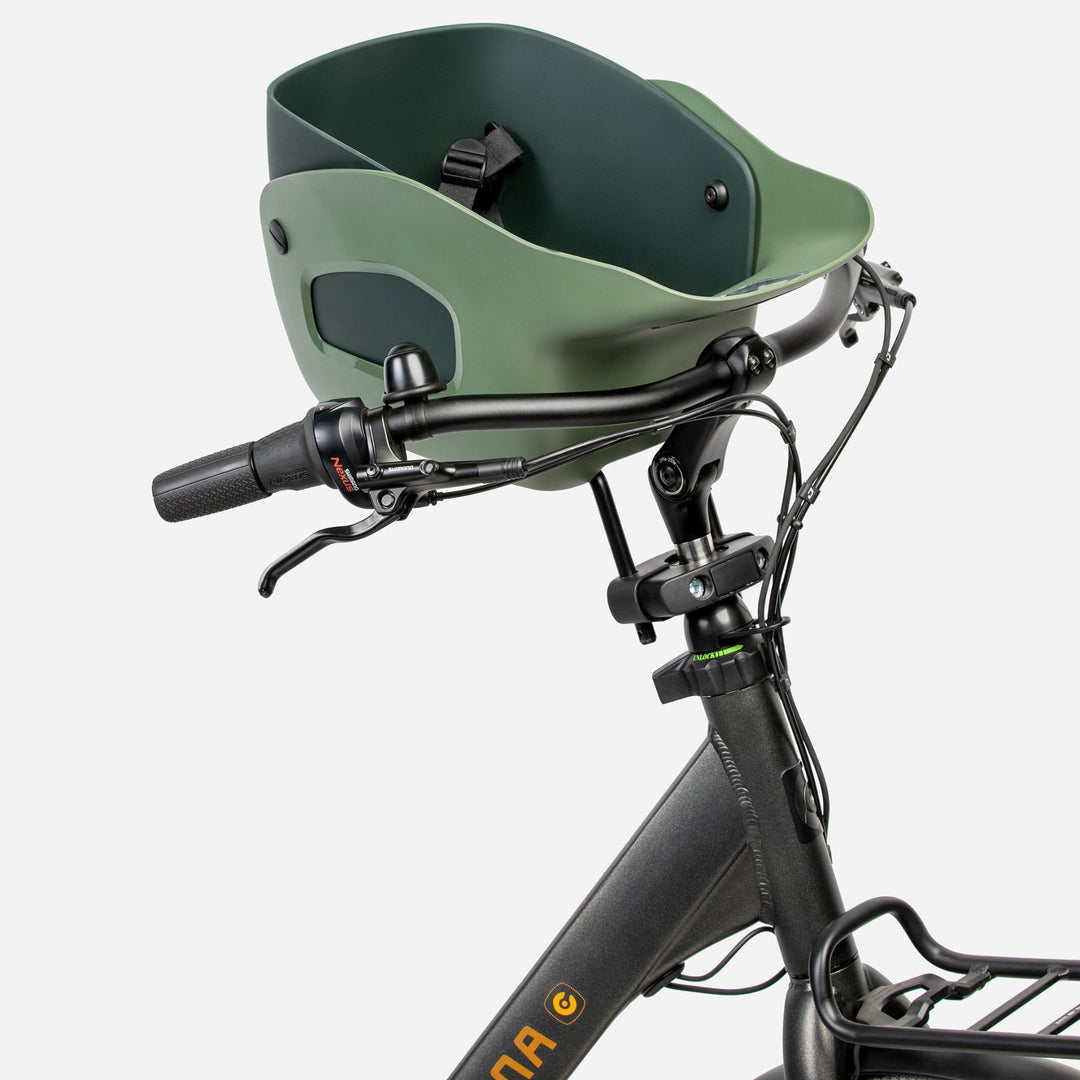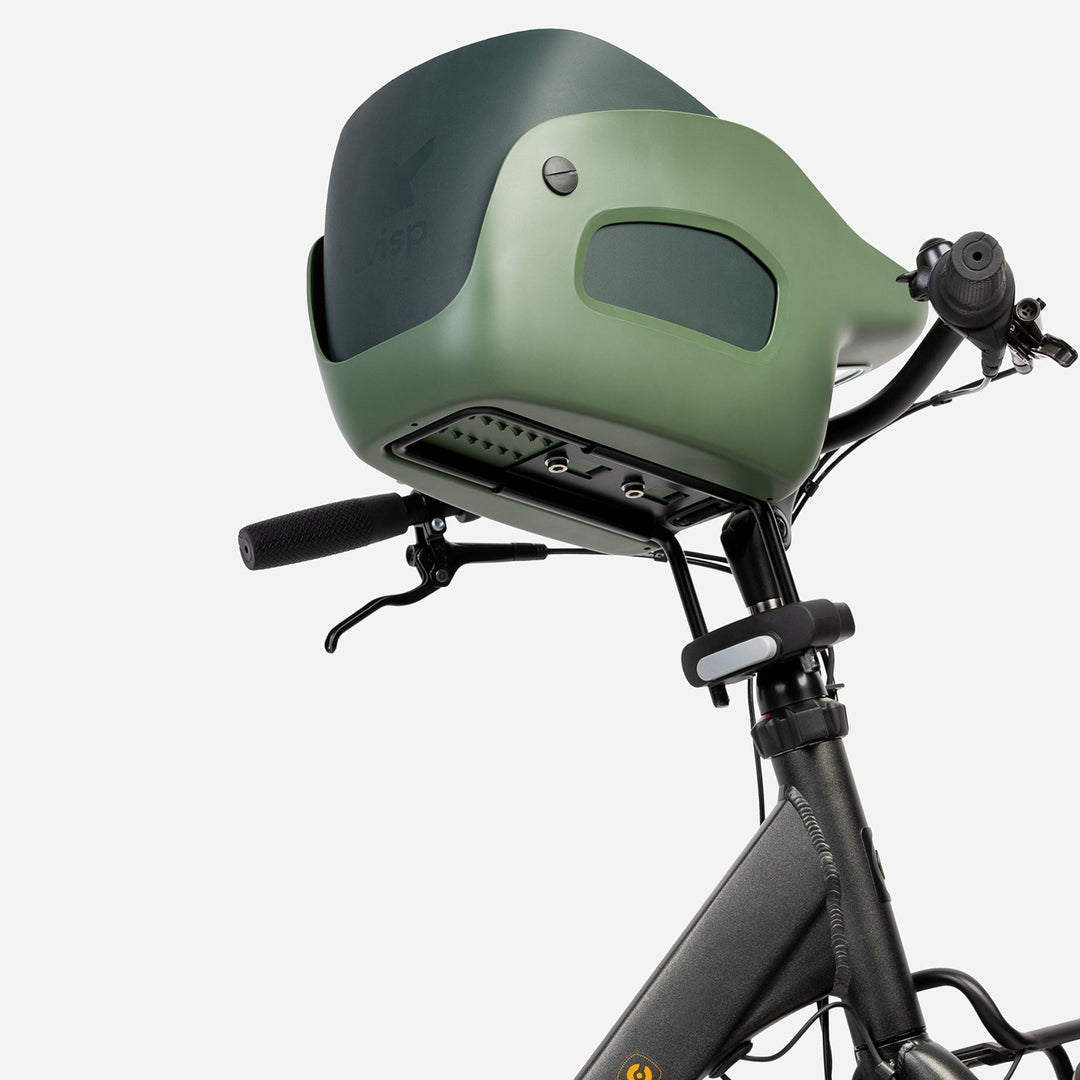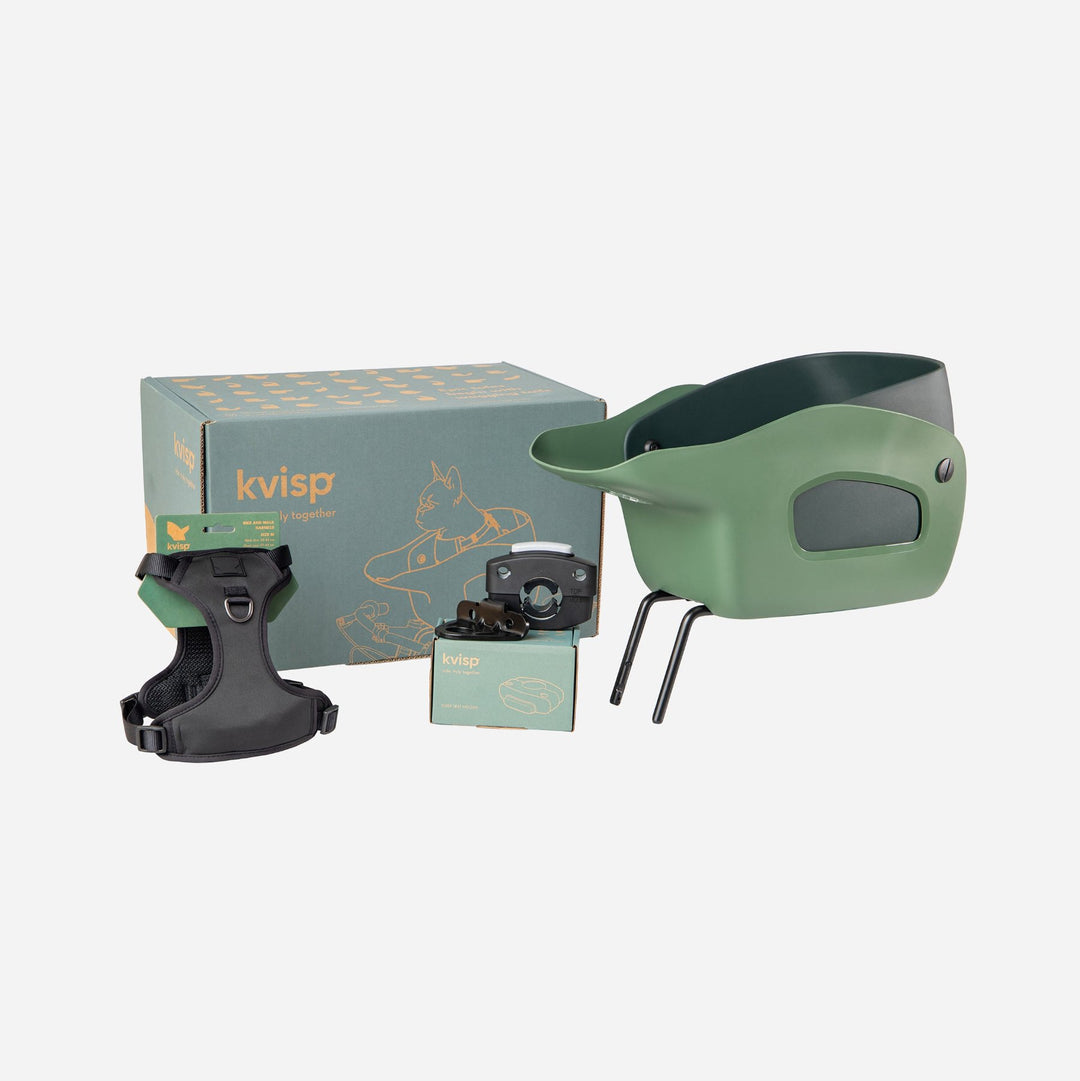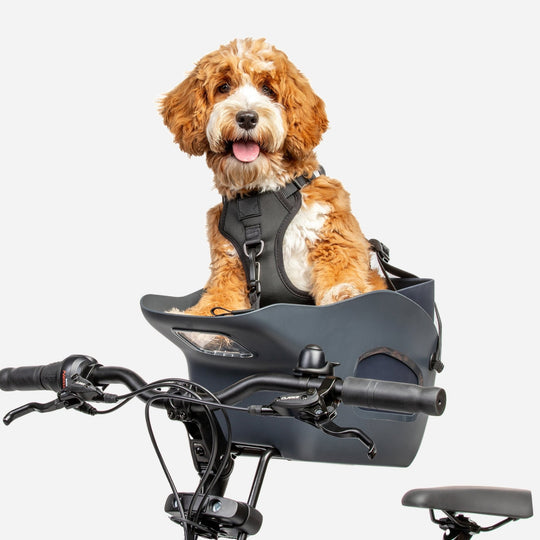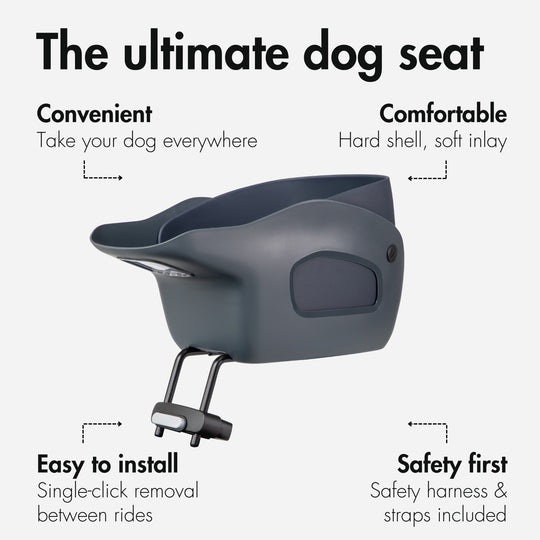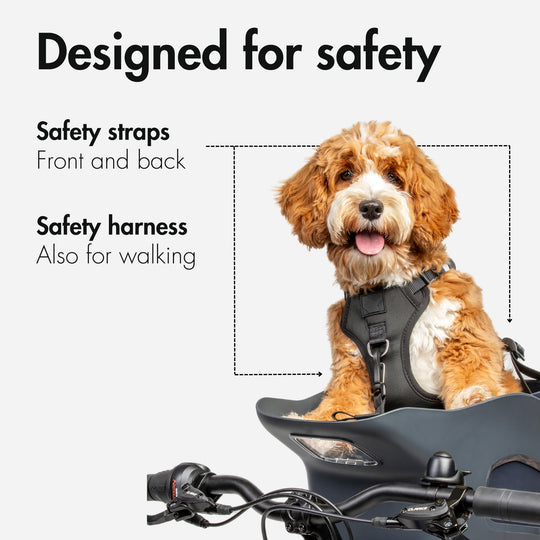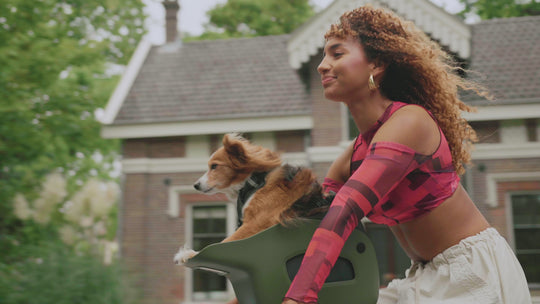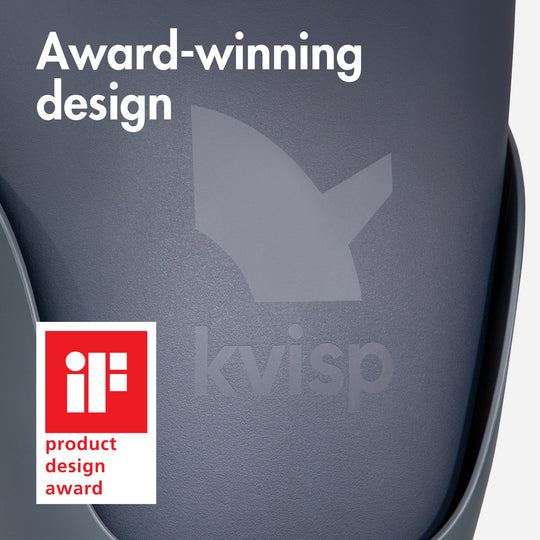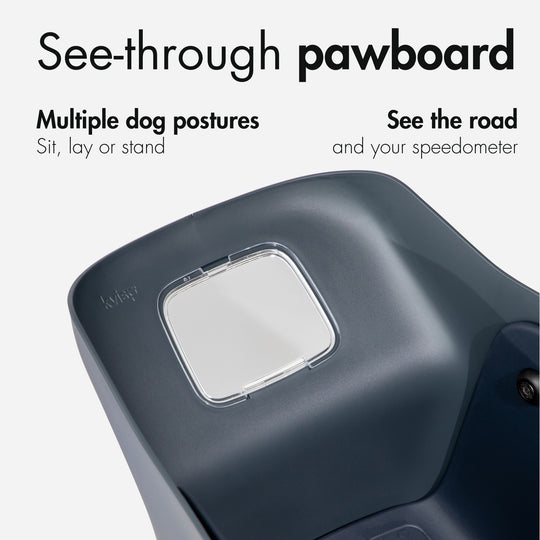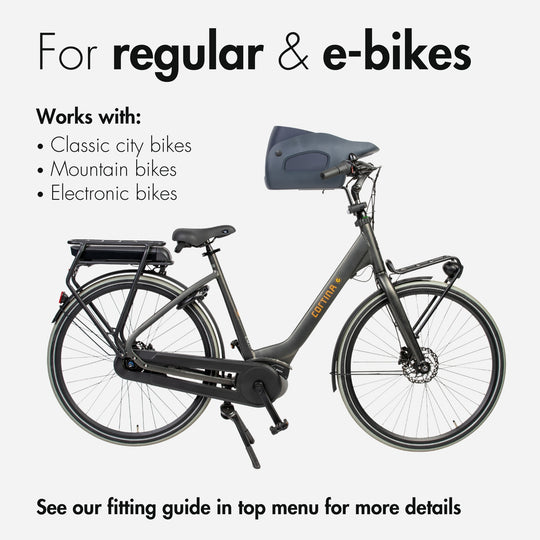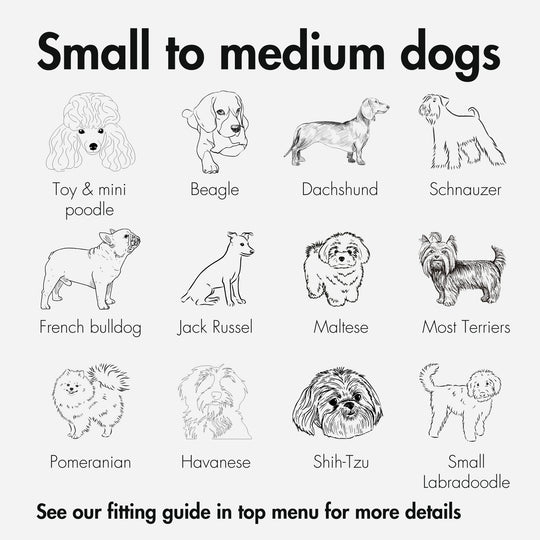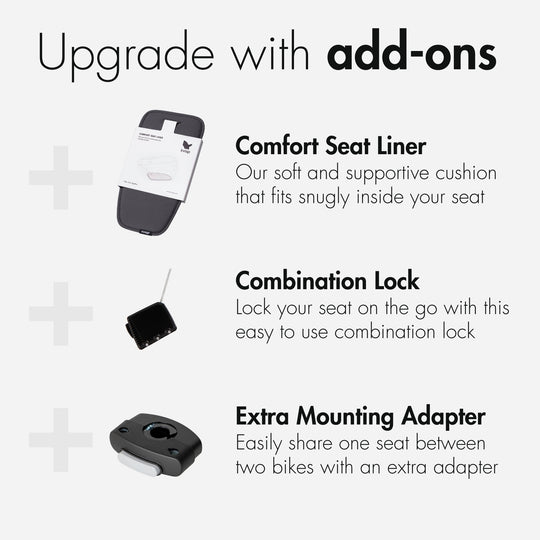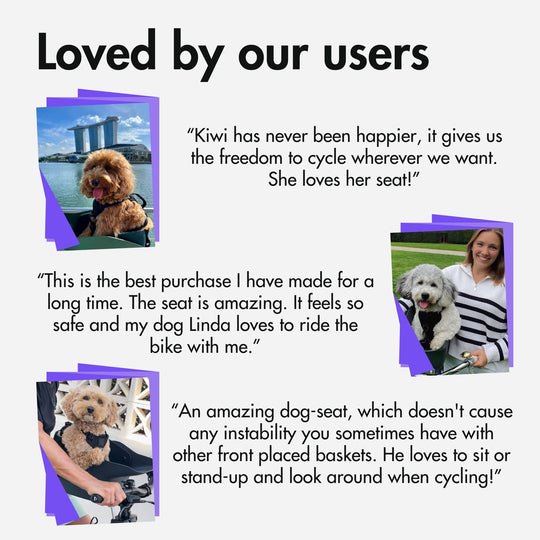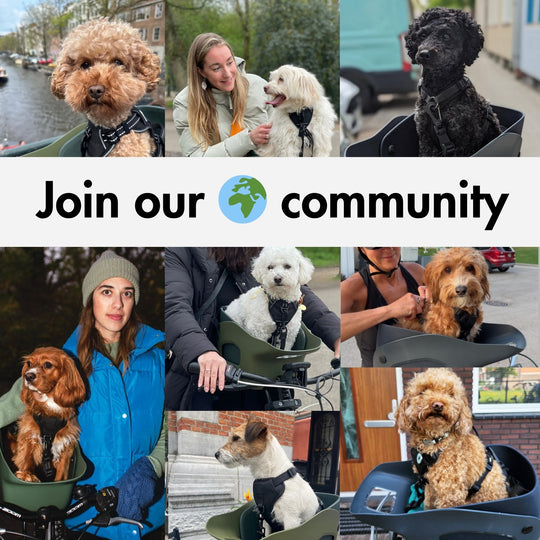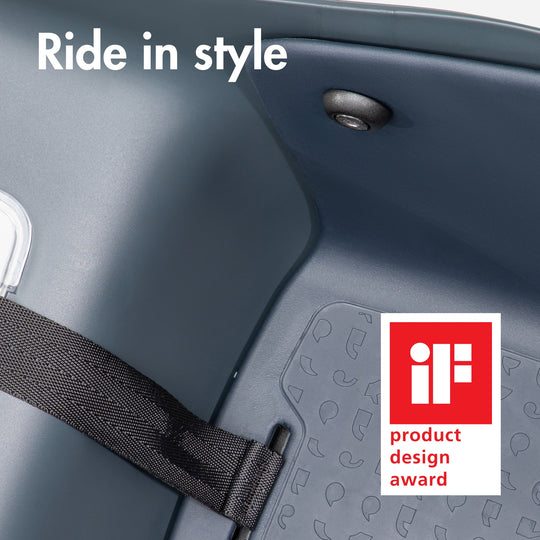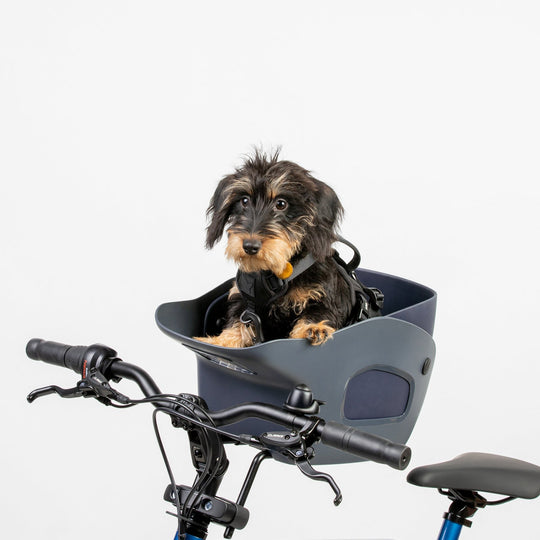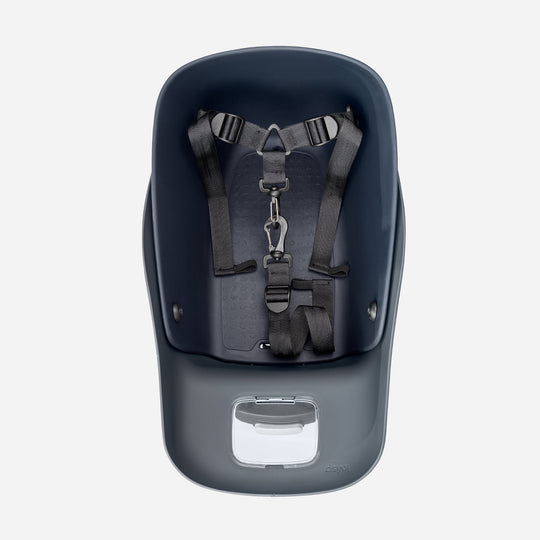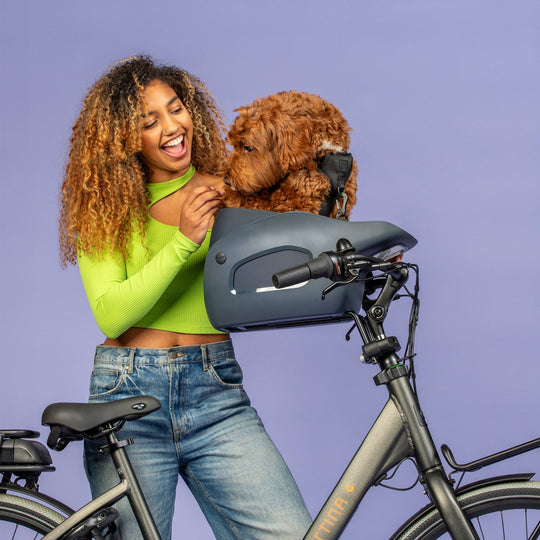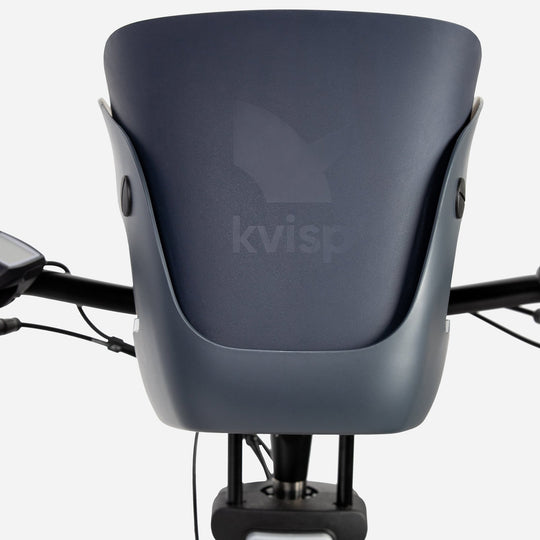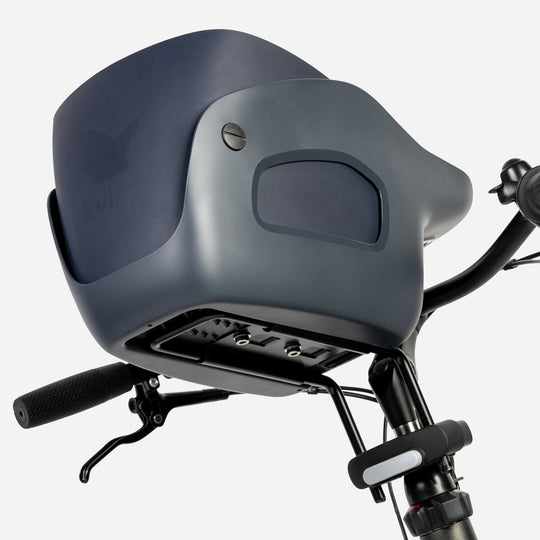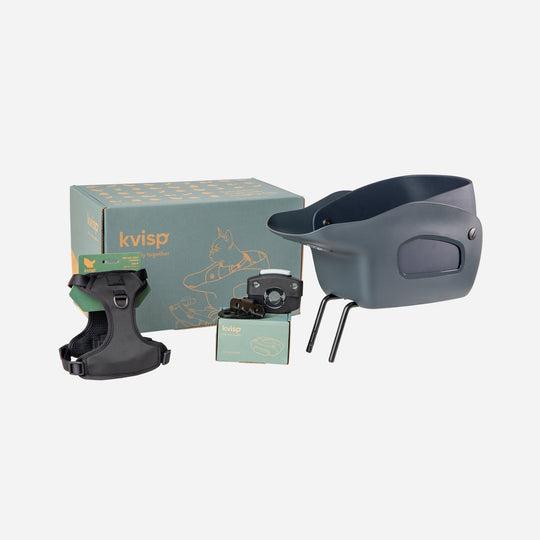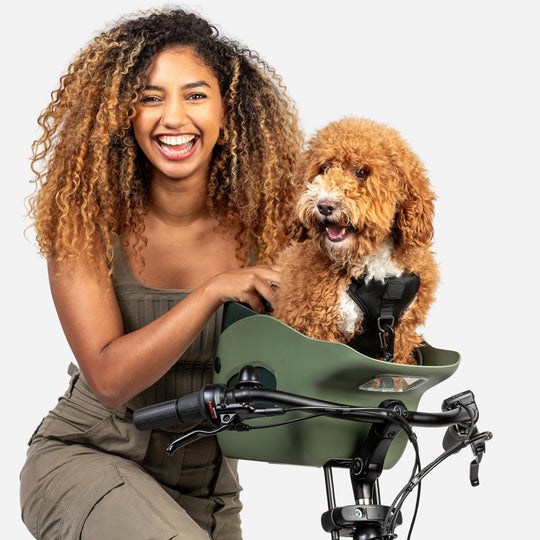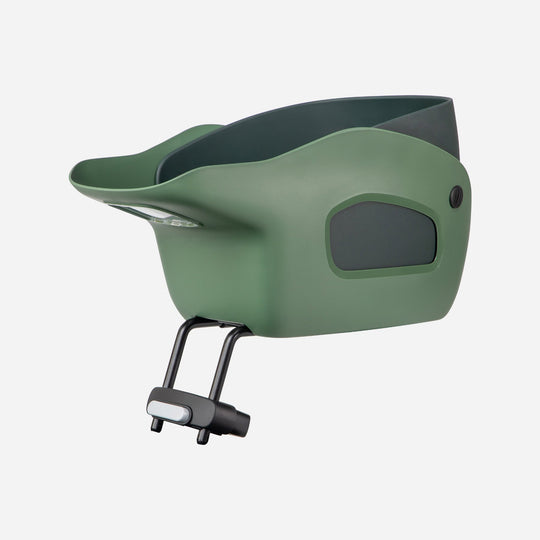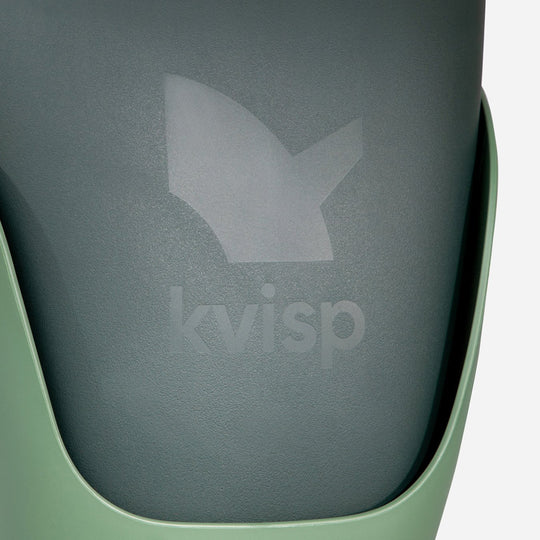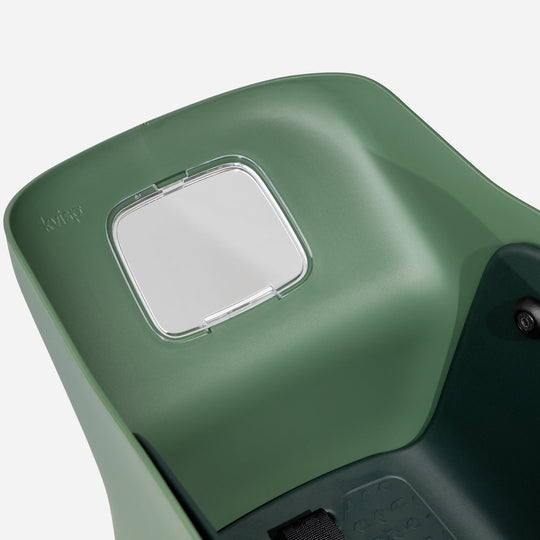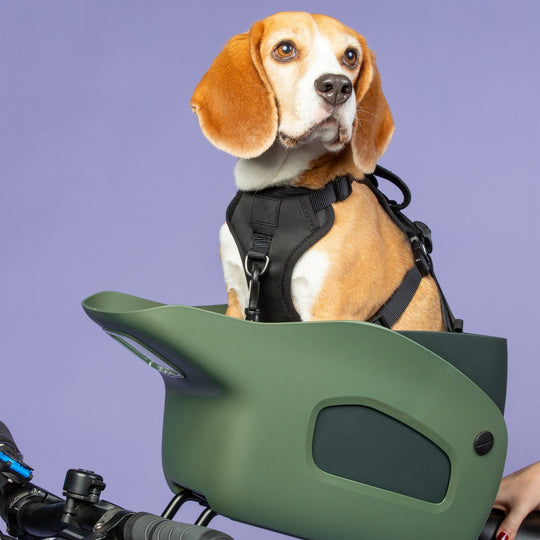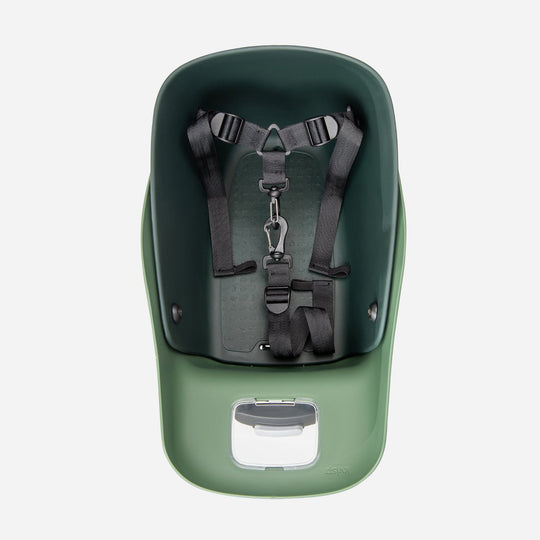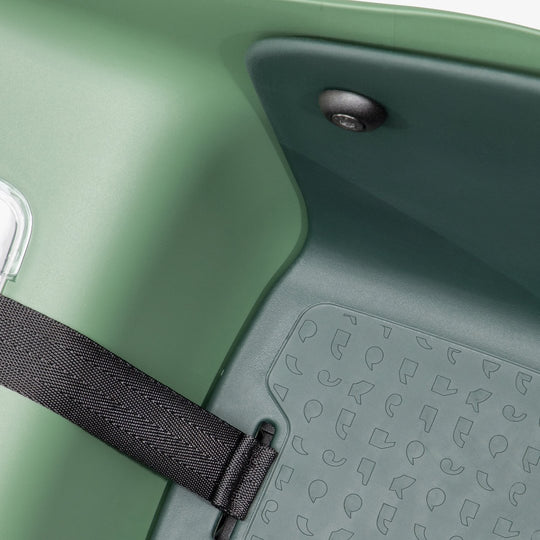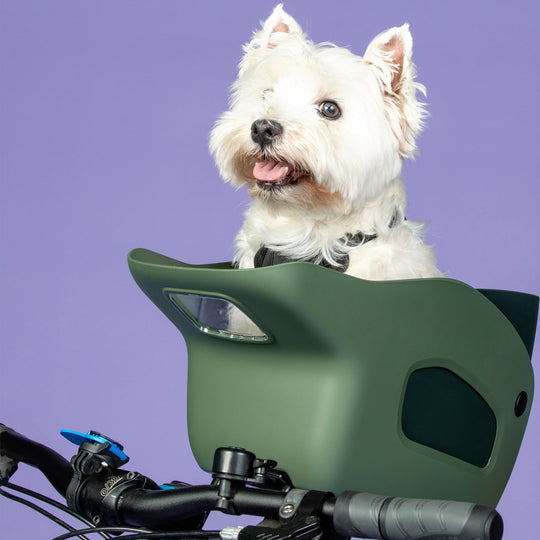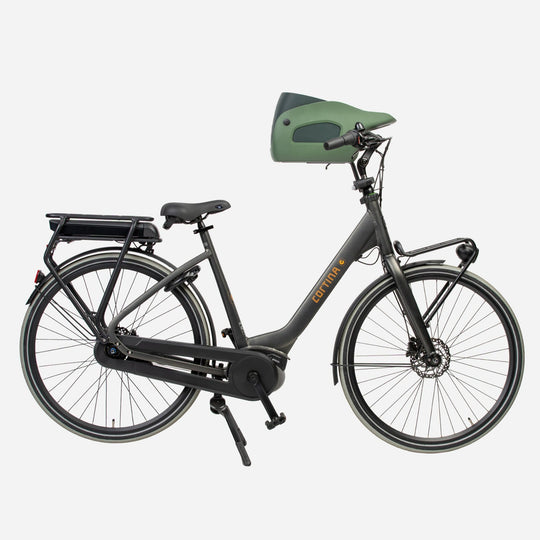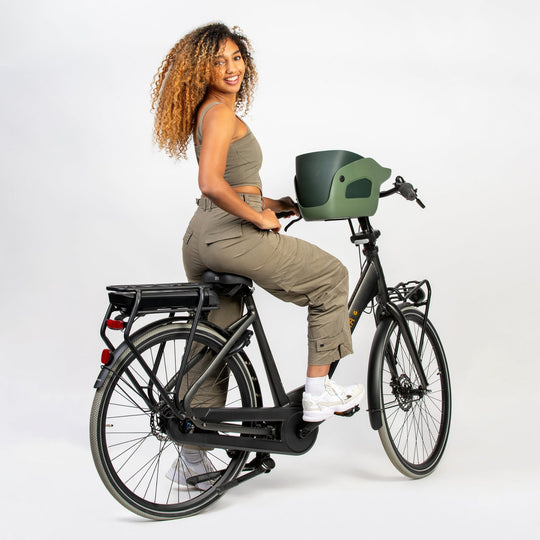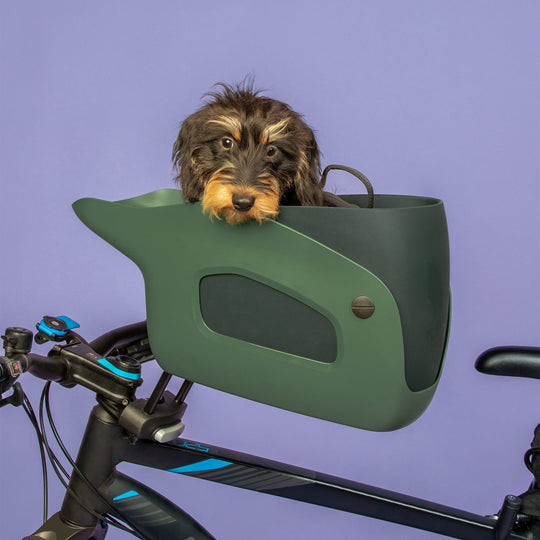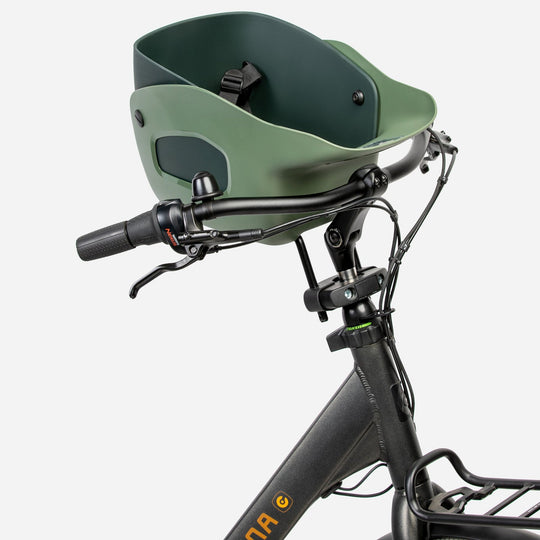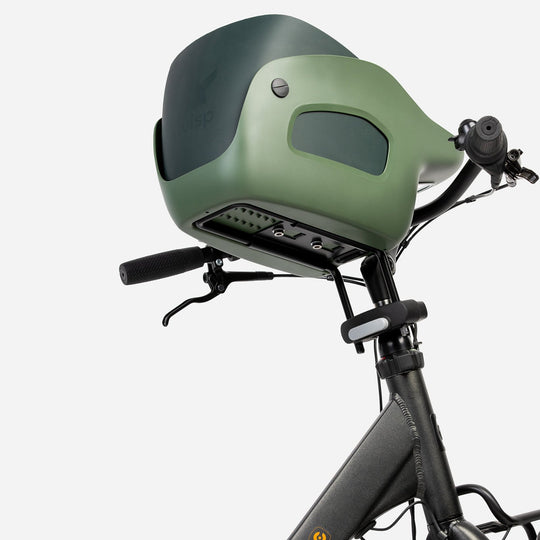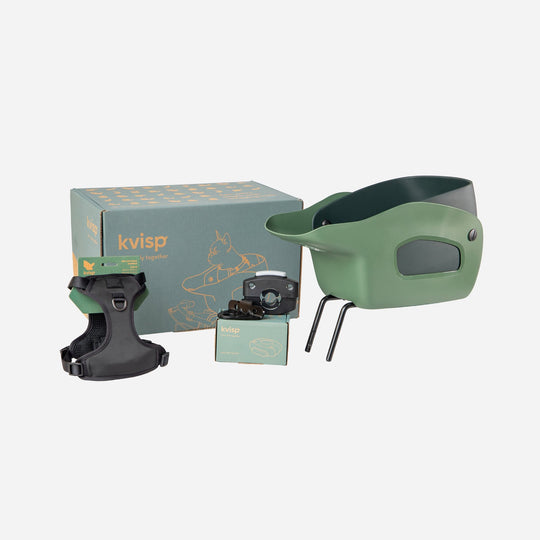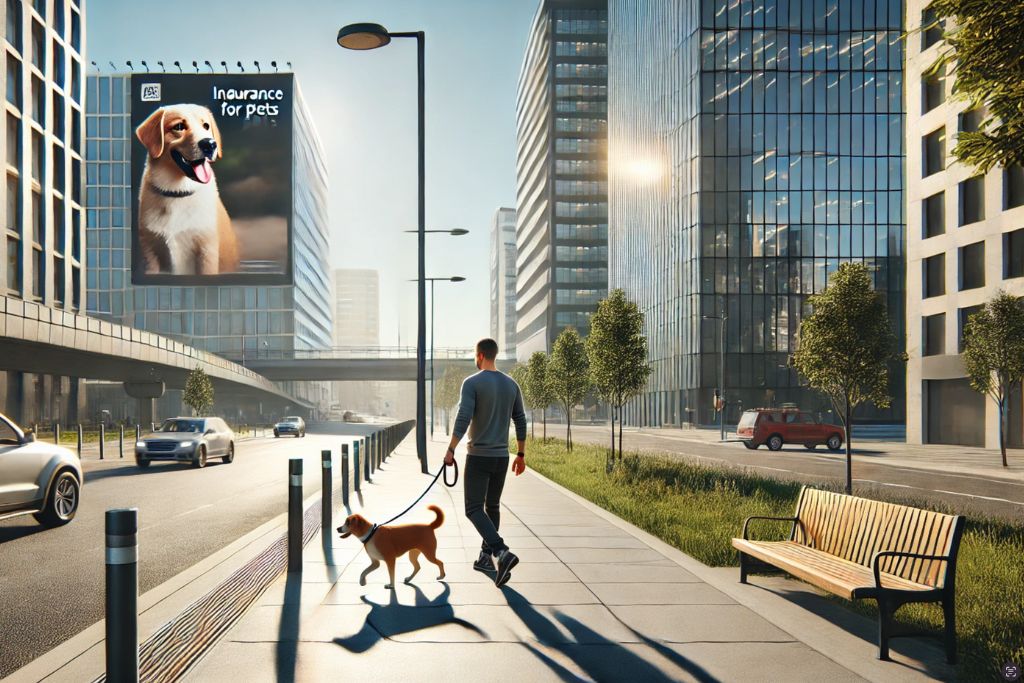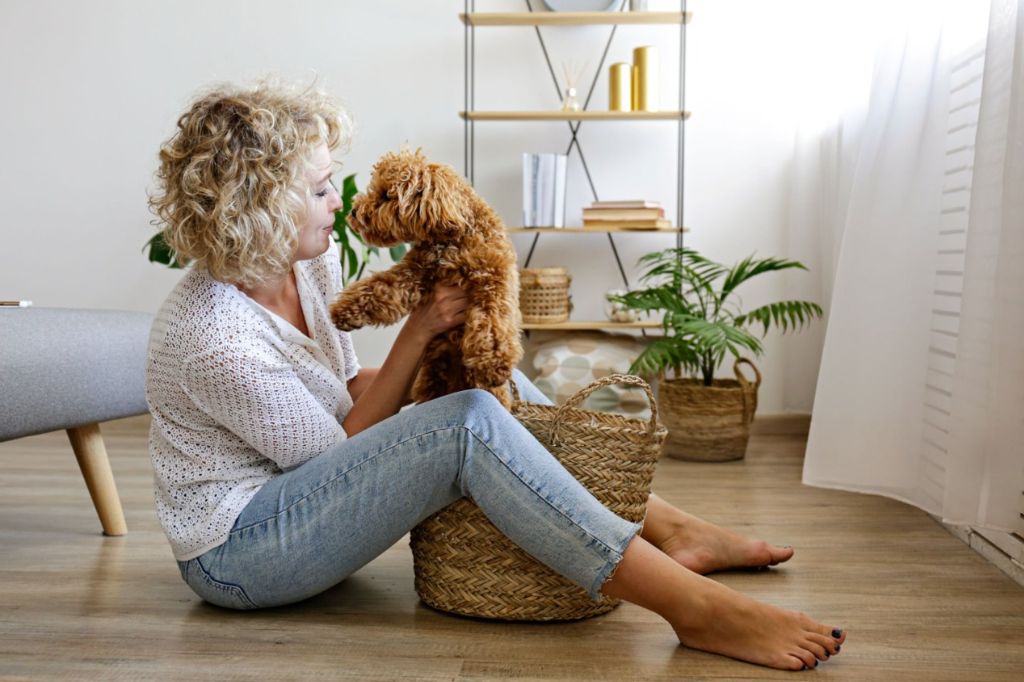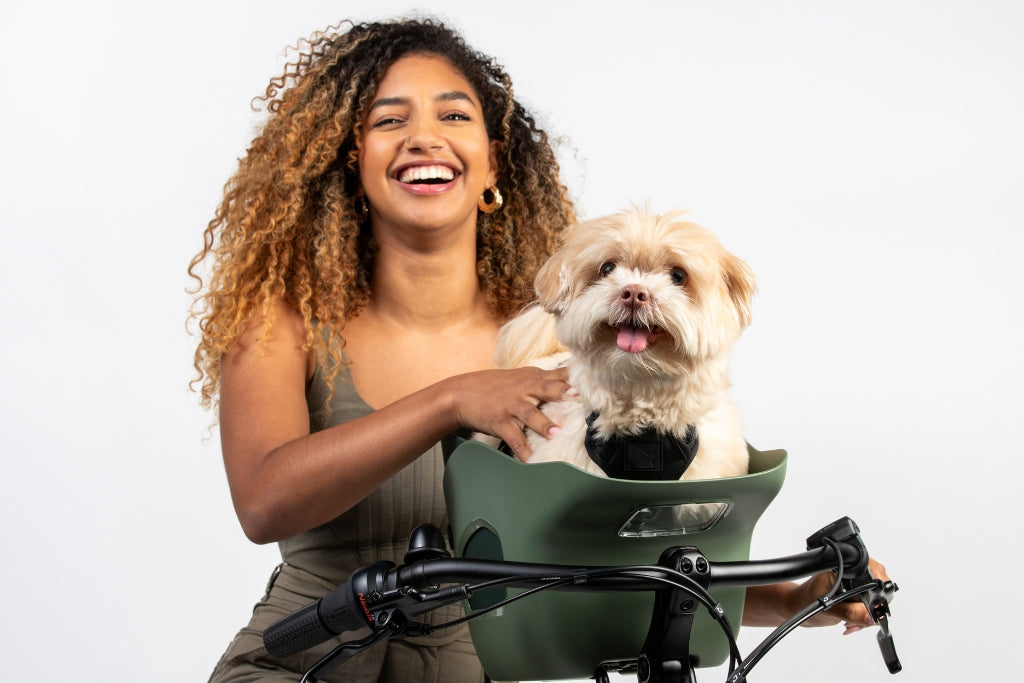How to Train Your Dog to Love Their New Bike Carrier
There’s nothing quite like cruising down a scenic path with the wind in your hair and your pup happily nestled in their puppy bike carrier. But let’s be real—most dogs don’t instinctively jump into a front-mounted bike basket and enjoy the ride right away. They need a little patience, some training, and a whole lot of positive reinforcement. If you’re struggling with getting your furry co-pilot comfortable, don’t worry! I’ve been there, and I’ve got you covered.
This guide will walk you through the step-by-step process of acclimating pets to their bicycle carrier in a way that’s fun and stress-free for both of you. Whether your pup is a thrill-seeker or a little more hesitant about new adventures, these tips will ensure that every bike ride feels like a joyous bonding experience. Let’s dive in!

STEP 1: Choosing the Right Bike Carrier
Not all bike carriers are created equal, and picking the wrong one could make training much harder than it needs to be. The most important factor? Comfort and security. Your pup needs a space that feels cozy yet stable. Look for features like padded interiors, breathable mesh, and an adjustable safety harness. If your dog is small, a front dog bike basket lets them ride right in front of you, offering reassurance as they get used to the movement. For slightly larger dogs, a puppy bike carrier that attaches to the back can be a great alternative.
Size is also crucial—too big, and they’ll slide around; too small, and they’ll feel cramped. It’s always a good idea to let your dog explore the carrier off the bike first. Set it down indoors and let them sniff, paw at it, and even hop inside at their own pace. Toss in a favorite toy or treat to make it feel inviting. The goal is to turn it into a space they want to be in!
STEP 2: Introducing the Carrier Indoors
Before we even think about hitting the road, we need to make the carrier feel safe and familiar. Imagine if someone plopped you into a moving vehicle without warning—kind of terrifying, right? Your dog feels the same way. Start by placing the carrier in a calm, familiar environment like your living room. Let your pup sniff around and investigate on their own terms. No forcing them inside—this is all about positive associations!
To reinforce the idea that the carrier is a happy place, try:
- Feeding meals inside the carrier—this makes it feel rewarding.
- Lining it with a favorite blanket—a familiar scent makes a world of difference.
- Using praise and treats—every time they interact with the carrier positively, reward them!
One trick I love is playing the “in-and-out” game. Toss a treat inside, let them retrieve it, and praise them every time they step in. Before long, they’ll see the puppy bike carrier as just another cozy spot to relax in.
STEP 3: Creating a Positive Experience
Once your pup is willing to hang out inside the carrier, it’s time to up the game. The goal here is to make it so enjoyable that they associate it with happy moments—not stress. A great way to do this is by linking the carrier to things they already love. Got a pup who adores car rides? Try setting the carrier in the car seat first before attaching it to the bike. Love going to the park? Bring the carrier along and let them sit inside while you hand out treats.
Another trick? Break out the peanut butter! Smear a little on a chew toy and let them enjoy it inside the carrier. The more positive experiences they have inside, the easier the transition to biking will be. And remember—short, frequent sessions are better than long, overwhelming ones. Keep each training session under five minutes at first and slowly build up.
STEP 4: Moving to Short, Stationary Sessions on the Bike
Now that your dog is loving their new carrier, it’s time to attach it to the bike—but don’t ride just yet! A moving bike can be a huge leap for some pups, so we take it one step at a time. Secure the carrier onto your bike and let them climb in while it remains still. Offer a treat, praise them, and then let them hop out.
Next, gently rock the bike back and forth while they’re inside. This helps them adjust to the idea that it will move. Pay close attention to their body language—ears back, tail tucked, or whining? That’s a sign they need more time. On the flip side, if they’re sitting calmly and looking around with curiosity, you’re on the right track!
STEP 5: Taking Short Test Rides
Alright, the moment of truth—your first short ride! Keep it super slow and short at first. Think five minutes around the block, max. Pick a smooth, quiet path with minimal traffic, avoiding sudden bumps or loud noises. The first few rides should be about building confidence—not speed!
During these first rides, use a calm, reassuring voice to talk to your pup. Tell them how good they’re doing, and be prepared to stop if they seem overwhelmed. If they handle it well, extend the ride bit by bit. Always end on a positive note—maybe a trip to the park or a tasty treat afterward!
STEP 6: Gradually Increasing Distance and Speed
With each successful ride, your dog’s confidence will grow! Slowly start increasing the distance and duration of your rides, but still keep an eye on their comfort level. A few things to watch for:
- Panting excessively? They may need a break.
- Shifting around nervously? Try shortening the ride or going slower.
- Lying down and enjoying the breeze? That’s a happy pup!
Before you know it, your little co-pilot will be ready for bigger adventures. And that’s where the real fun begins!
STEP 7: Addressing Common Concerns
If your pup is resisting the carrier or seems anxious, don’t panic—it’s normal! Here are a few common issues and solutions:
- Refusing to get in? Go back a step—more treats and patience.
- Trying to jump out? Double-check their harness and ensure they feel secure.
- Whining or barking? Keep sessions short and gradually increase their comfort.
With time, even the most hesitant dogs can learn to love their small dog bicycle carrier.
Prepping Your Dog Physically and Mentally
Before you even introduce your dog to a puppy bike carrier, it’s important to ensure they’re physically and mentally prepared for the experience. Not all dogs are naturally suited for biking—some may need a little conditioning before they’re comfortable with the motion and excitement of a ride. If your pup is particularly energetic, regular walks and playtime can help burn off excess energy so they’re more relaxed during training sessions. For older or less active dogs, start with short, gentle exercise sessions to gradually build endurance.
Basic obedience training is another crucial factor. Commands like “sit,” “stay,” and “relax” can make the transition to the carrier much smoother. Teaching your pup to stay calm in new situations will help prevent nervous energy from turning into frantic movements inside the carrier. Mental stimulation exercises—like food puzzles or scent games—can also build confidence and help them adapt more easily to new environments. If your pup is already familiar with structured training, they’ll likely feel more secure and cooperative when it comes time to hop into their small dog bicycle carrier.

Understanding Your Dog’s Body Language
Dogs can’t tell us how they feel with words, so reading their body language is key to understanding whether they’re ready for their first ride—or if they need more time. Signs that your pup is comfortable and excited include relaxed ears, a loose tail wag, and bright, attentive eyes. If they willingly step into the carrier and settle in without much coaxing, you’re in a good place!
On the flip side, signs of stress or discomfort shouldn’t be ignored. If your dog is panting excessively, whining, trying to escape, or avoiding eye contact, they might be overwhelmed. Some dogs will stiffen their body or tremble slightly, indicating uncertainty. Instead of pushing forward, take a step back in training and reintroduce positive reinforcement. Adjusting your approach based on their body language ensures that biking remains a fun and positive experience rather than a stressful one.
Safety Equipment and Gear Recommendations
Safety first—because nothing is more important than keeping your pup secure and comfortable while on the move! The right gear makes all the difference, so here are the essentials every dog parent should have before taking their furry friend on a ride.
- A well-fitted safety harness – A snug, secure harness will keep your dog in place without restricting movement. Never rely on a regular collar alone.
- A dog helmet or goggles – Protect your pup’s head and eyes from debris, wind, or unexpected bumps. Some small breeds have sensitive eyes, making protective eyewear especially useful.
- Cooling pads or a breathable mat – On warm days, keeping your pup cool is crucial. Look for a ventilated puppy bike carrier or add cooling accessories inside.
- Reflectors or LED lights – If you plan to bike at dusk or in low-light conditions, visibility is a must. Attach reflective stickers to the carrier and consider a clip-on LED for your pup’s harness.
Additionally, securing the carrier properly is non-negotiable. Double-check that all straps and fastenings are tight before every ride. Even if your dog is calm, a loose carrier can wobble, making them feel unsafe. A stable, well-secured carrier leads to a much smoother (and safer) ride.
Troubleshooting Behavioral Challenges
Even with all the right steps, some dogs need a little extra encouragement before they fully embrace their small dog bicycle carrier. If your pup is hesitant—or downright refusing—to get inside, don’t force it! Instead, try these troubleshooting tips to ease their fears and make the process smoother.
- If they refuse to enter the carrier: Go back to the basics—reward them for even the smallest interaction, like sniffing the carrier or putting one paw inside. Patience is key!
- If they fidget or try to jump out: This usually means they don’t feel secure. Try shortening the ride, making sure they’re properly harnessed, and adding extra padding for comfort.
- If they get overly excited and restless: Some dogs love adventure too much! Calm their energy with a short walk before the ride and reinforce the "sit" command once inside.
Every dog has their own personality—some are natural thrill-seekers, while others need more convincing. Stick with it, adjust based on their needs, and celebrate small wins!
Fun Training Games to Make the Carrier More Enjoyable
Training doesn’t have to be all work and no play—turn it into a game! Many dogs learn best when training is interactive and rewarding. Here are a few fun ways to help them associate the puppy bike carrier with positive experiences.
- The Treat Toss Game – Toss a high-value treat into the carrier and encourage your pup to hop in and grab it. Repeat a few times to build enthusiasm!
- The “Ride and Reward” Game – Take a super short ride and immediately reward them with their favorite snack afterward. This helps them connect biking with something awesome.
- The "Carrier is a Playground" Trick – Hide their favorite toy inside the carrier and let them find it, making it feel like a fun adventure rather than something scary.
By making the training process engaging and playful, your dog will naturally feel more confident and eager to go for a ride!
Building a Lifetime of Fun and Adventure
Training your pup to love their bike carrier is an investment in a lifetime of outdoor fun. Some dogs take to it quickly, while others need more time, but the key is consistency, patience, and positivity. Every small step—whether it’s sitting inside the carrier for the first time or finally enjoying a long ride—is worth celebrating!
Remember: every dog learns at their own pace. Don’t rush the process, and always prioritize your pup’s comfort and happiness. Once they’re confident and secure, biking together will become one of the best bonding experiences you’ll ever share.
If you're still looking for the perfect carrier, check out our Kvisp puppy bike carrier for front dog bike basket options designed for safety, comfort, and fun! Now, get ready for tail-wagging adventures on two wheels—your pup is going to love it!




